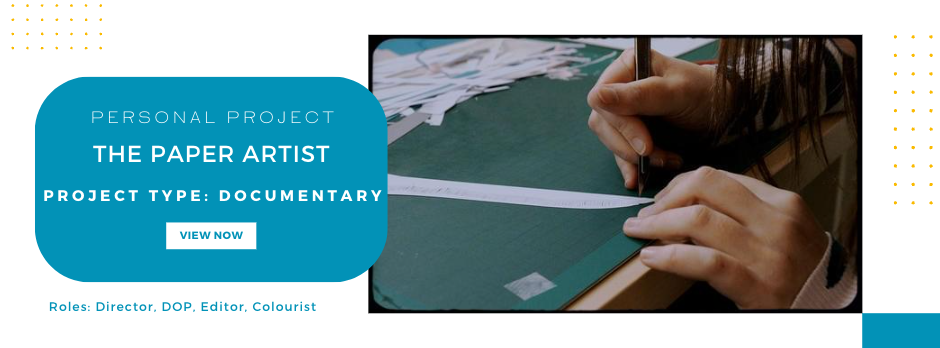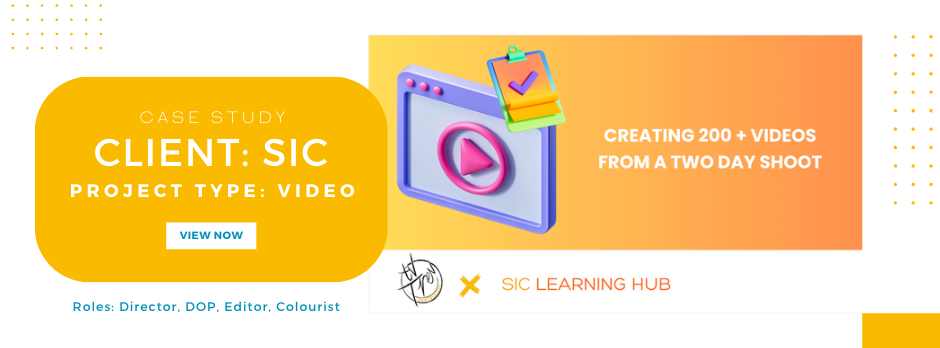Case Study: Creating a Feature Length Documentary
What is Black, Queer & Done.
Commissioned by Coventry Pride and produced by Varyah Ltd; the feature length documentary Black, Queer & Done is a film exploring the experiences and representation of Black Queer people within the UK and global arts and media sectors.
In 2021, we talked with queer beings from across the UK, US & Africa through online focus groups, to reflect on what it means to be Black and Queer, how they feel (mis)represented by global media and how they feel (mis)treated within the Arts & Culture sector.
In 2022, using insights gathered from the focus groups, we created three themes and invited eight Black, Queer artists to respond through their practice.
The result is Black, Queer & Done.
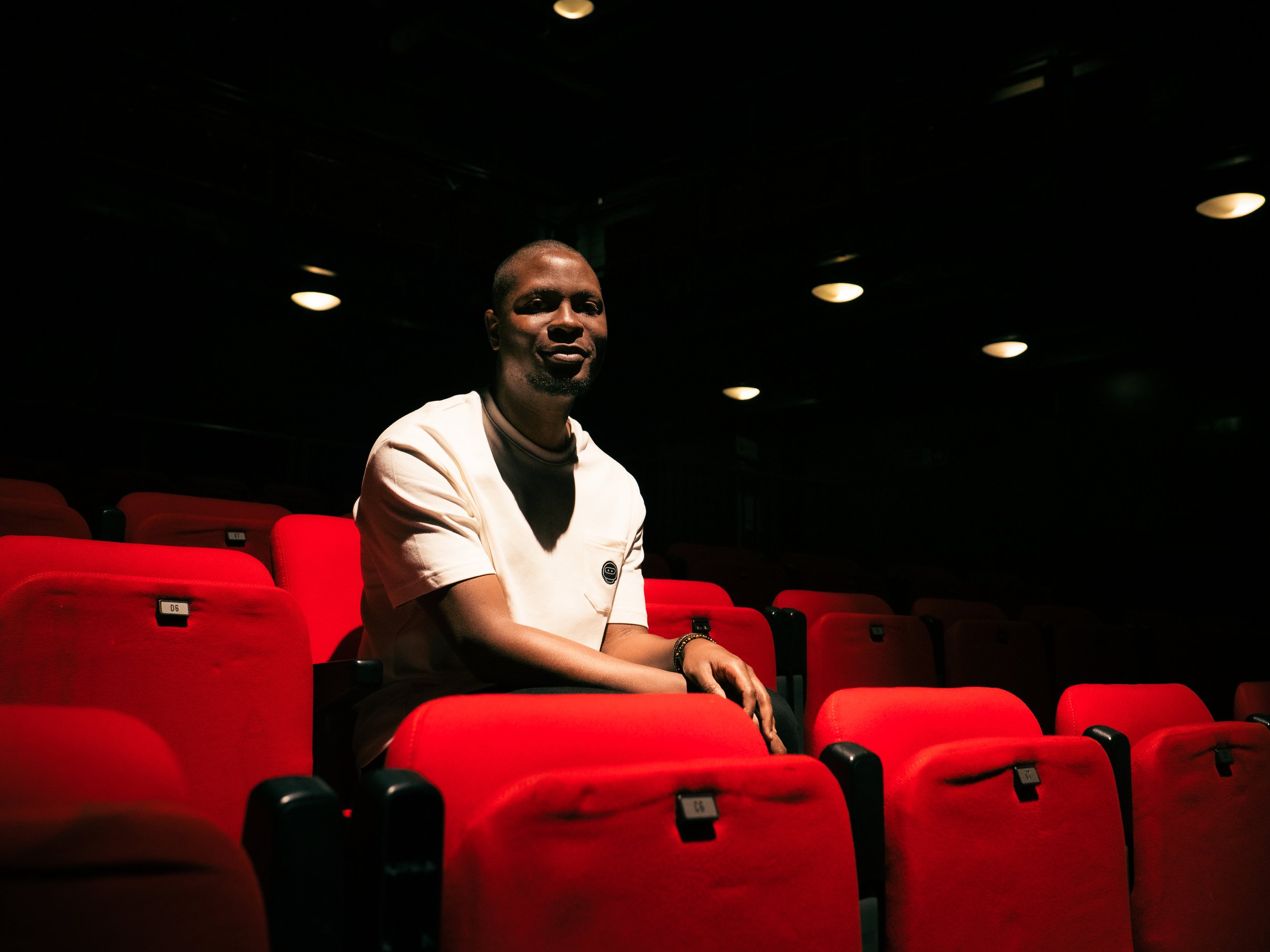
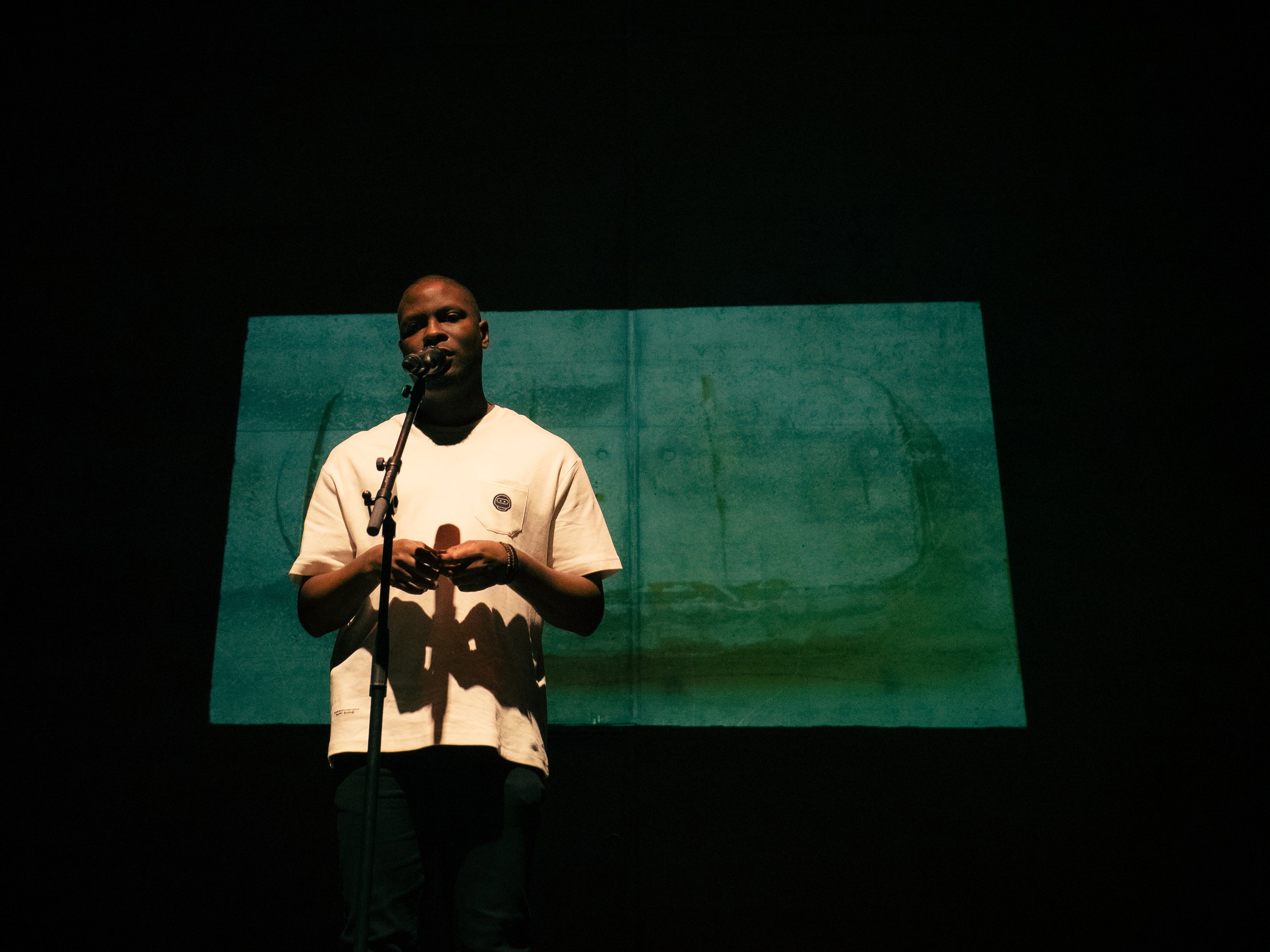
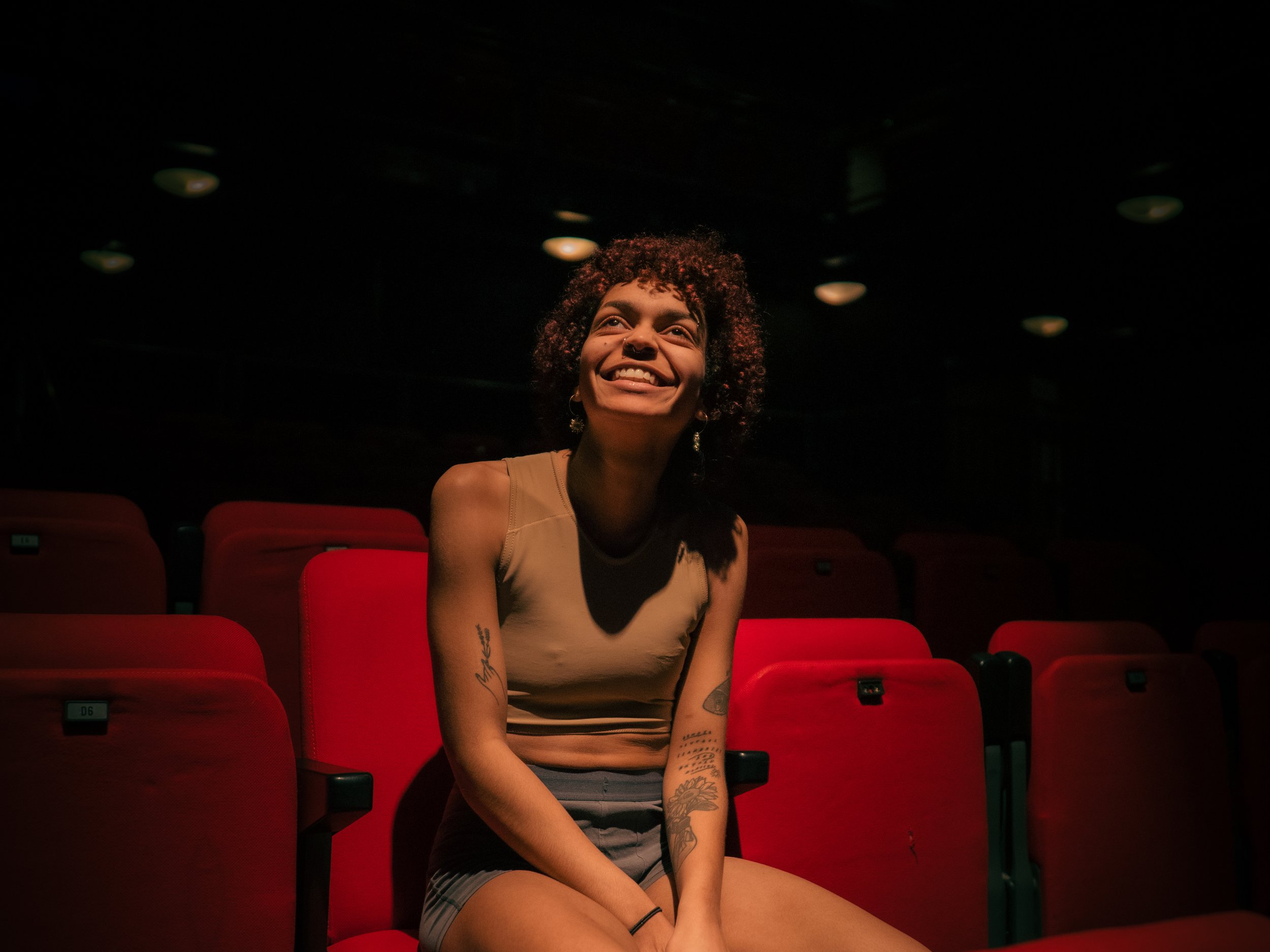
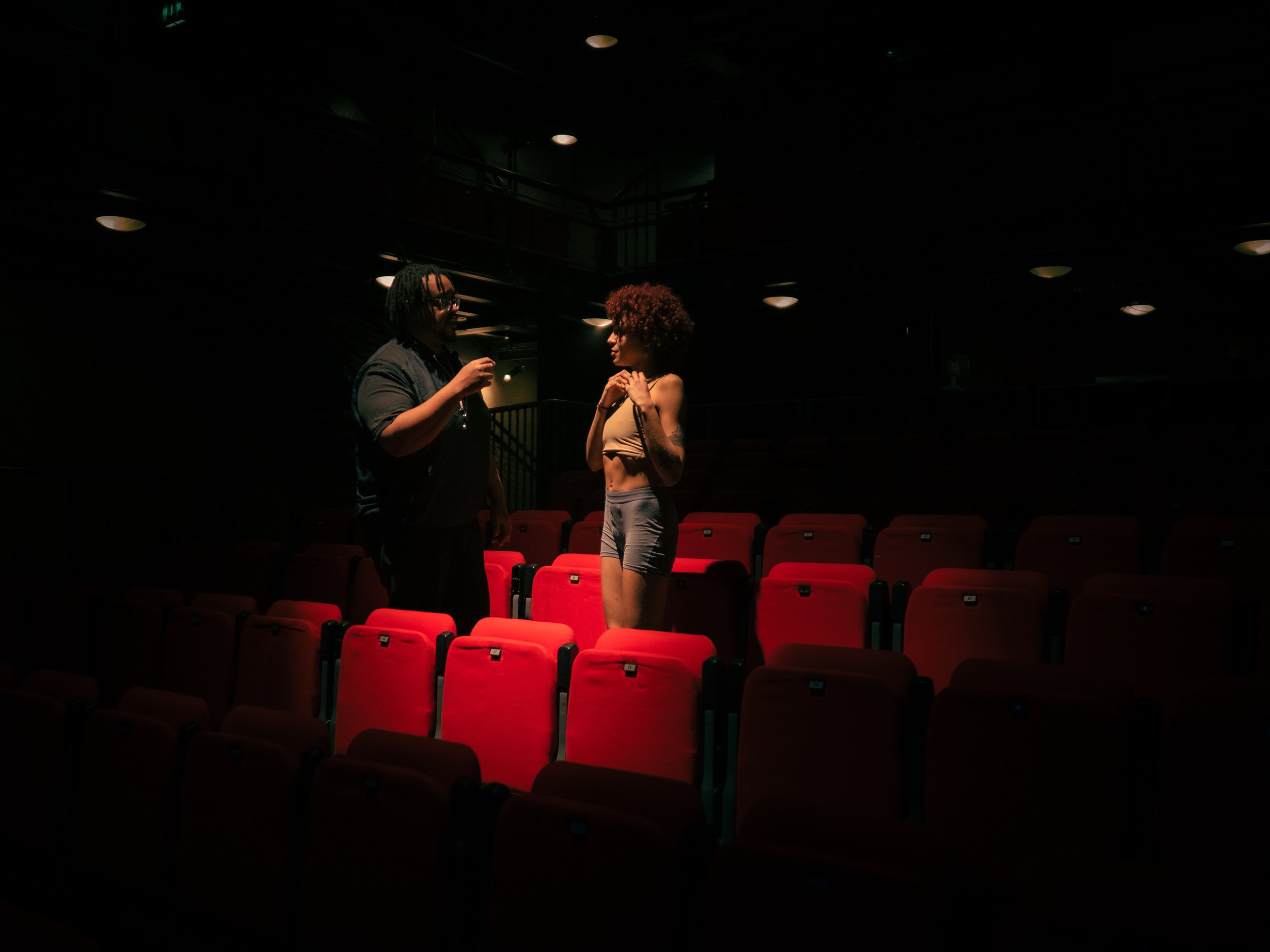
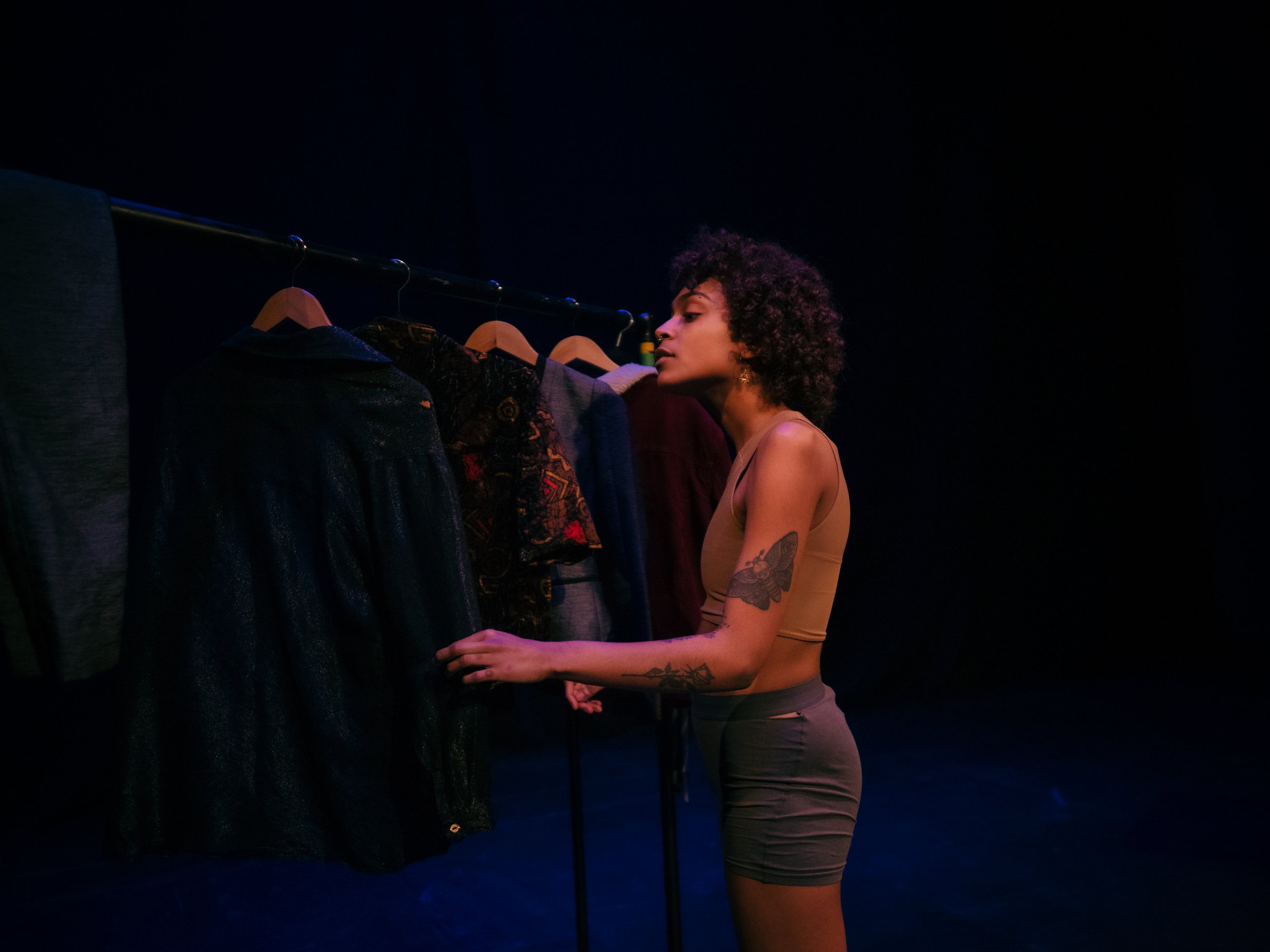
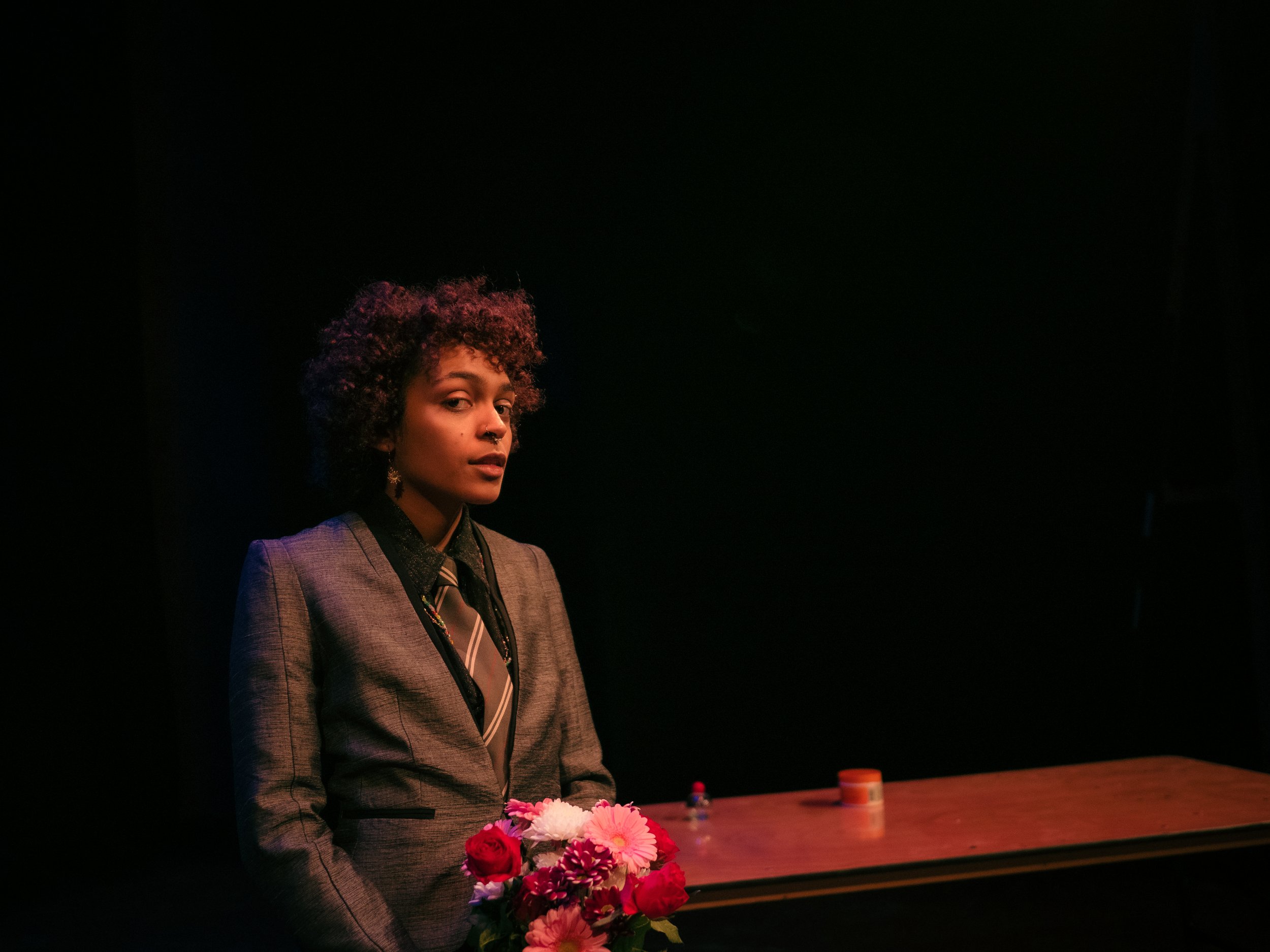
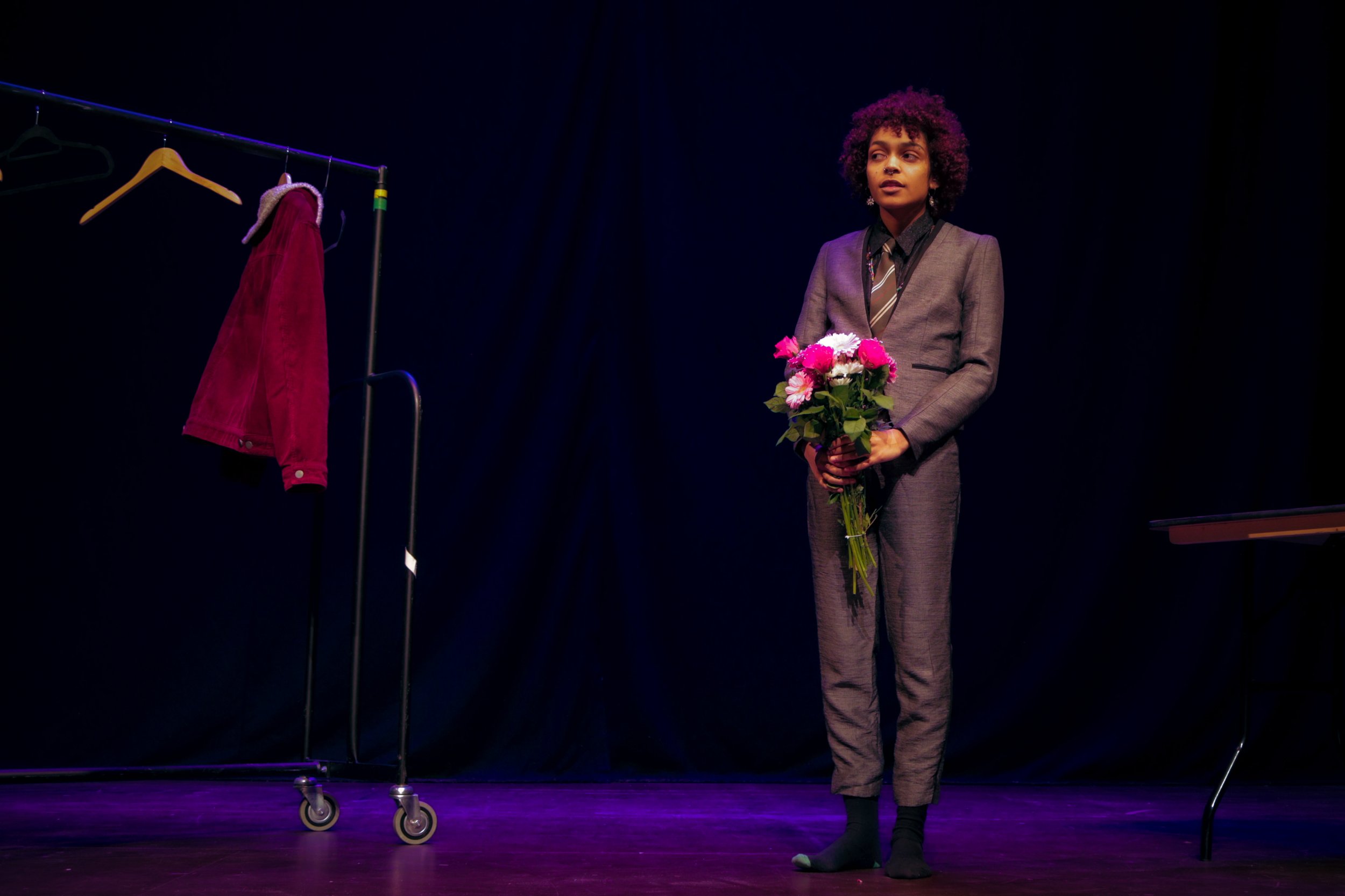
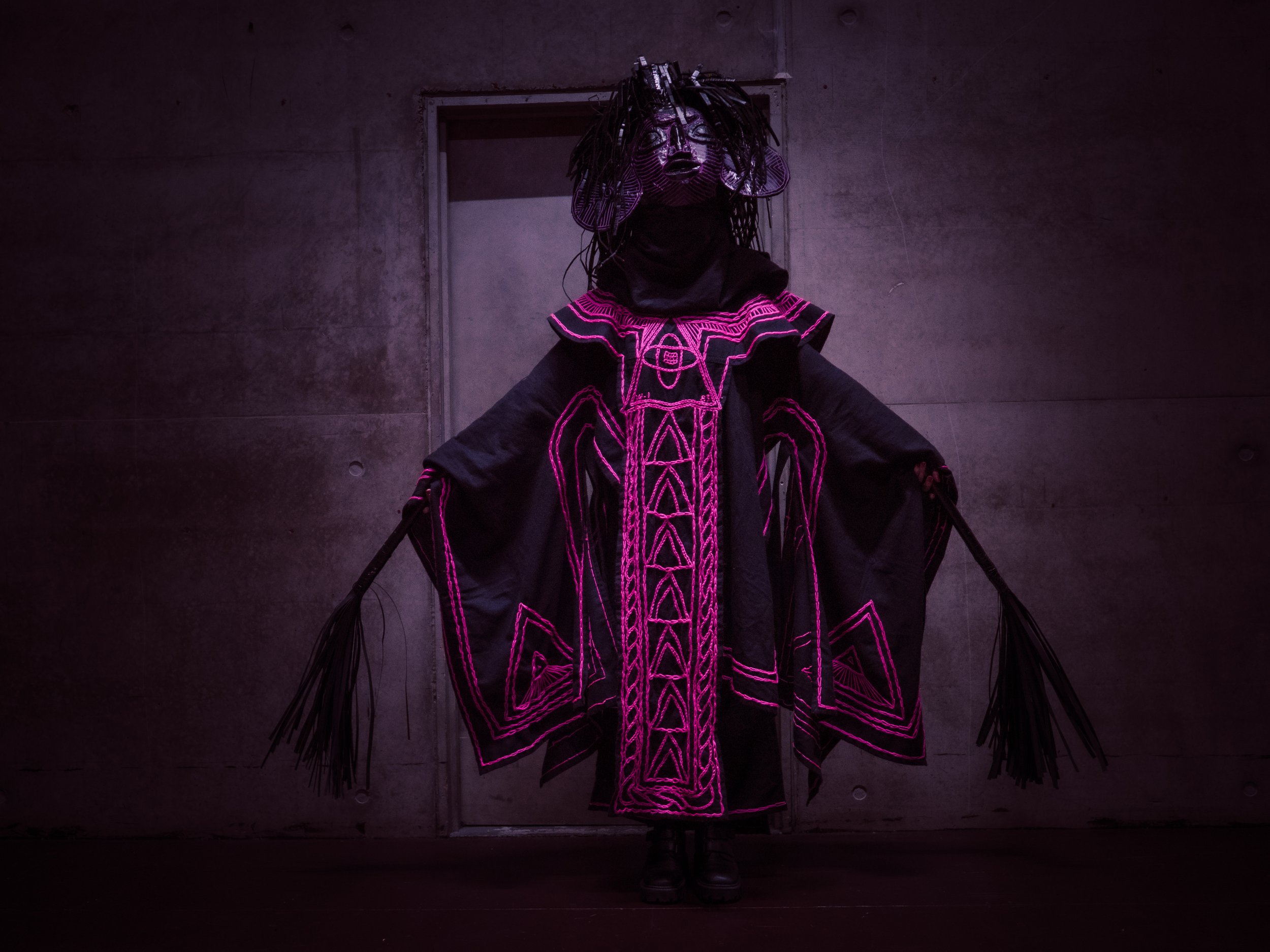
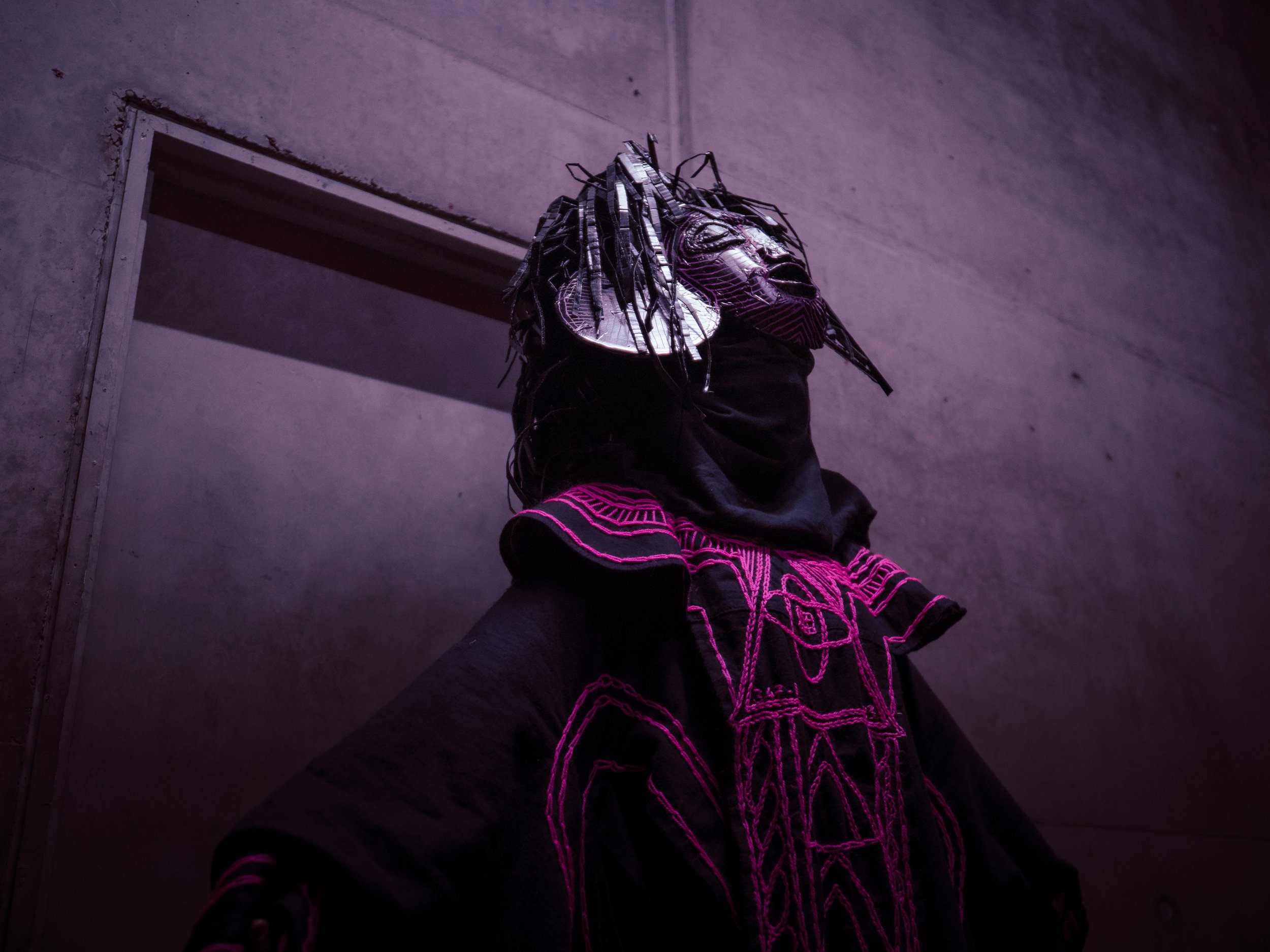
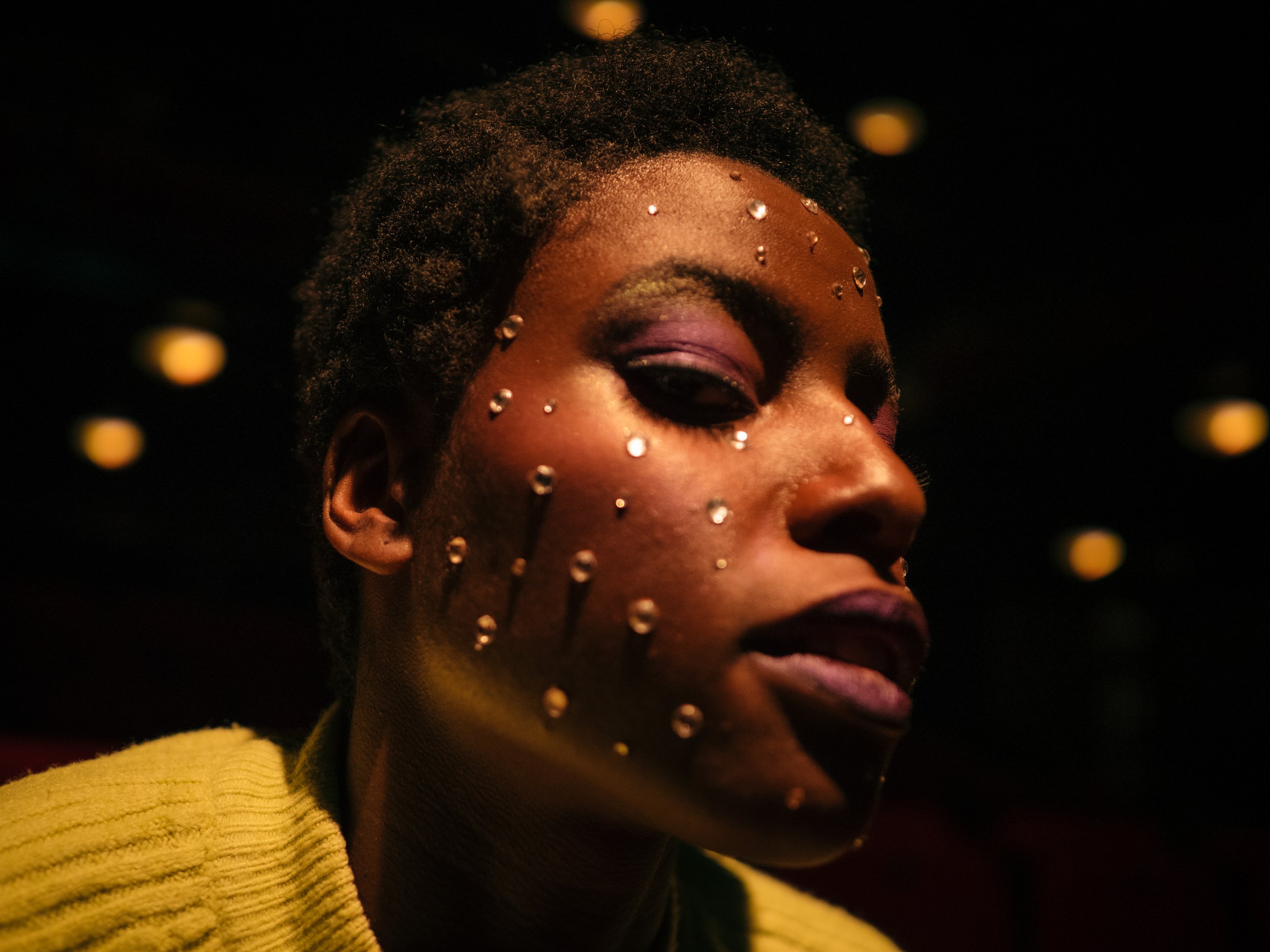
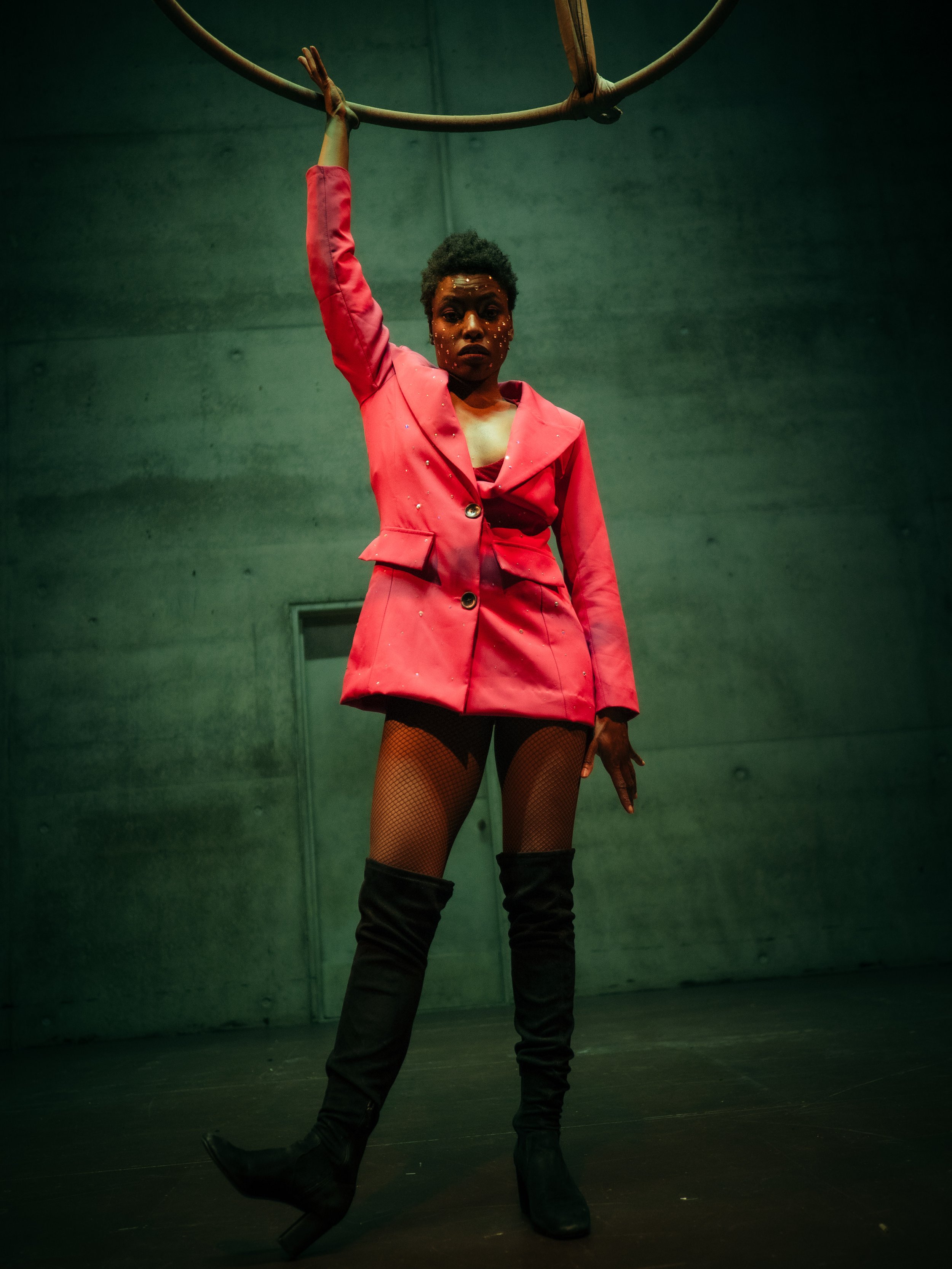
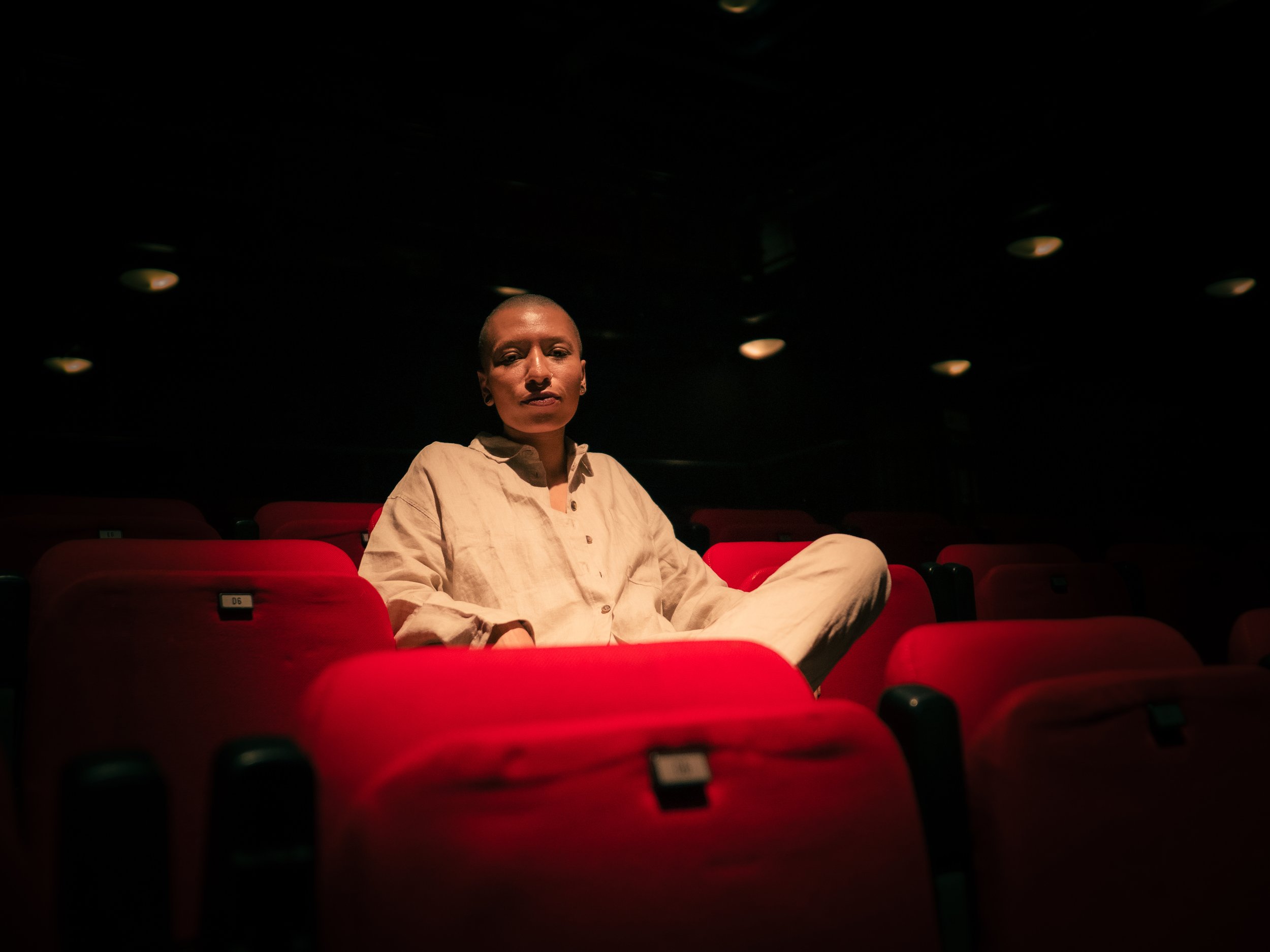
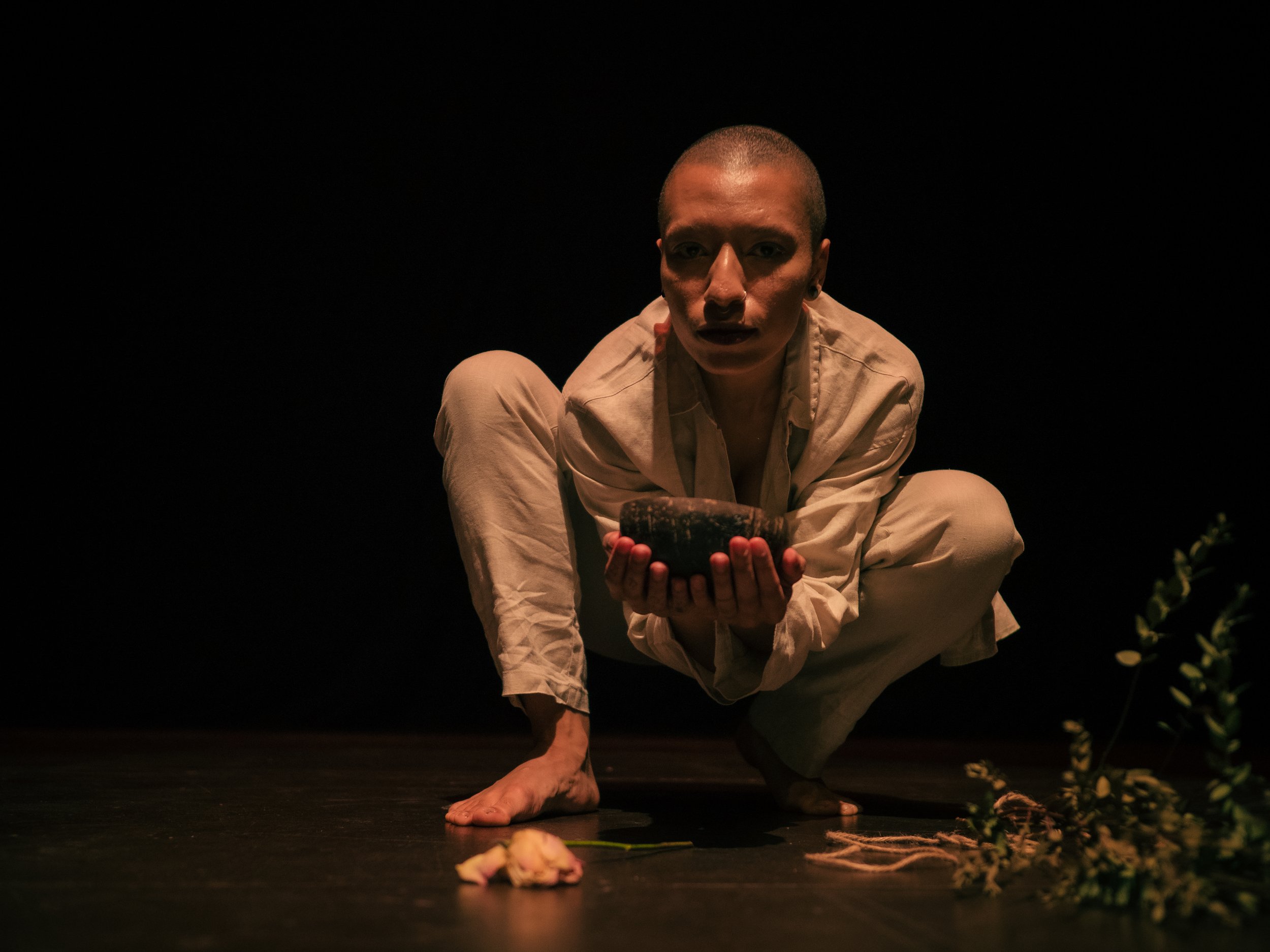
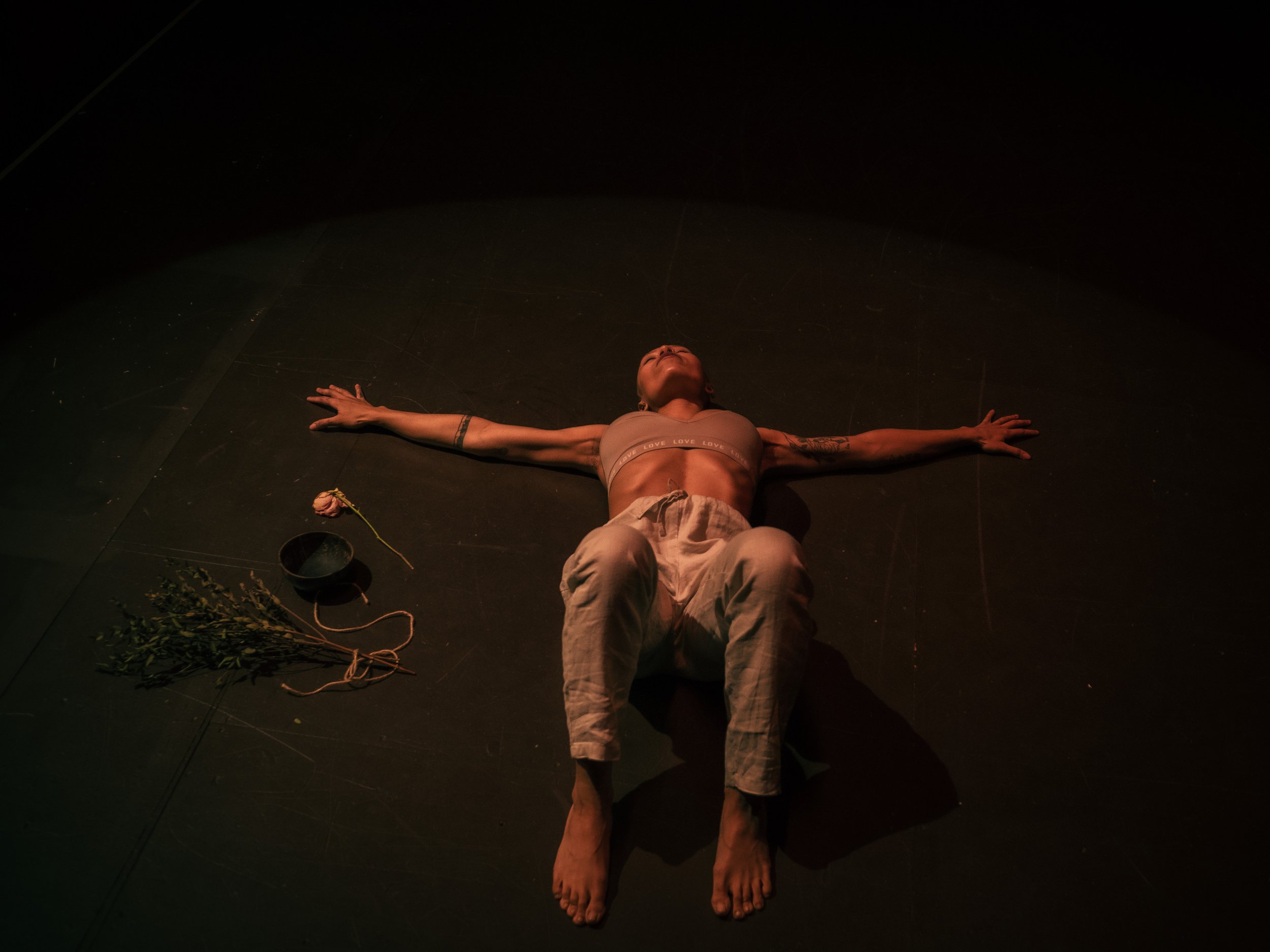
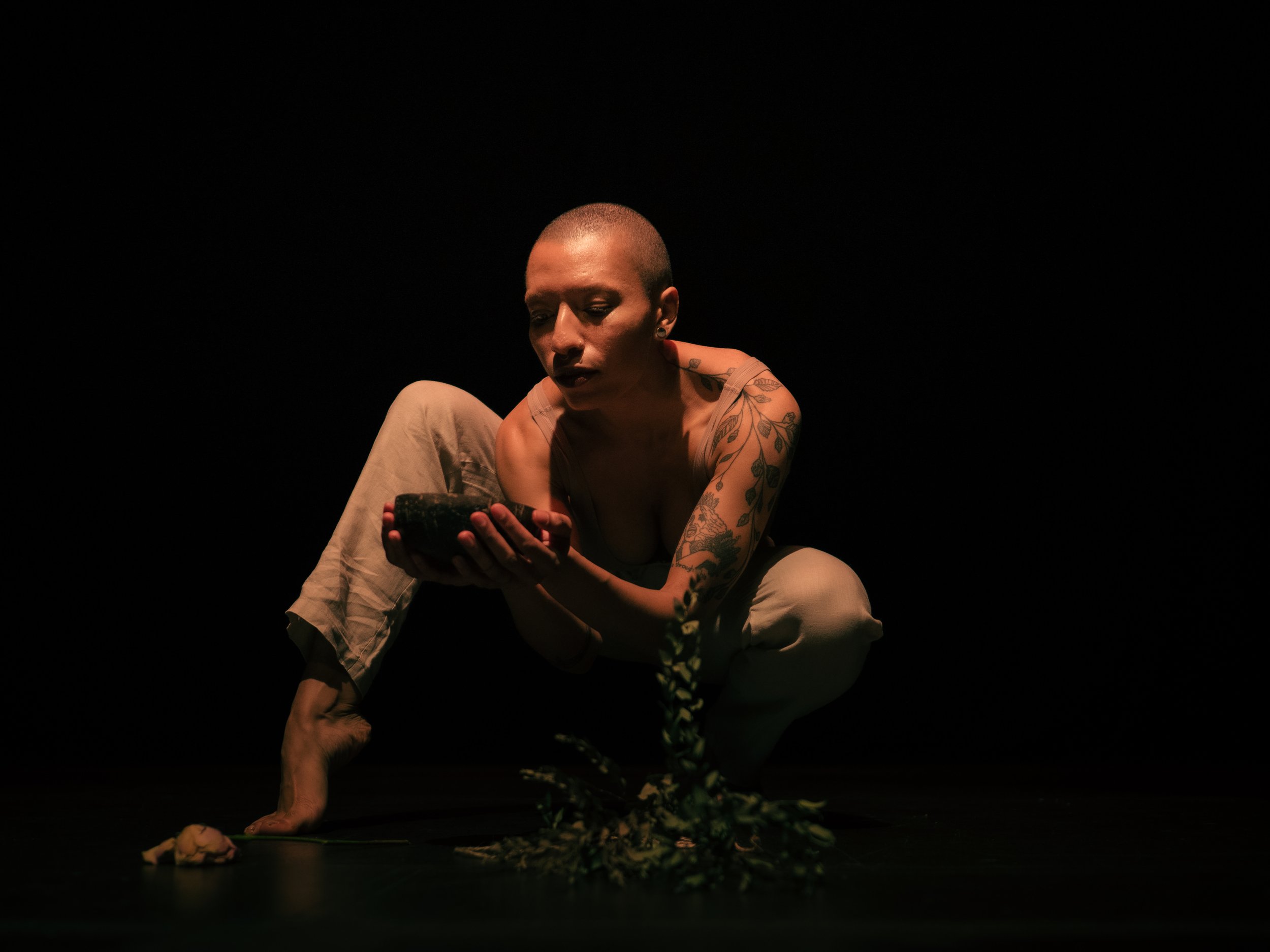
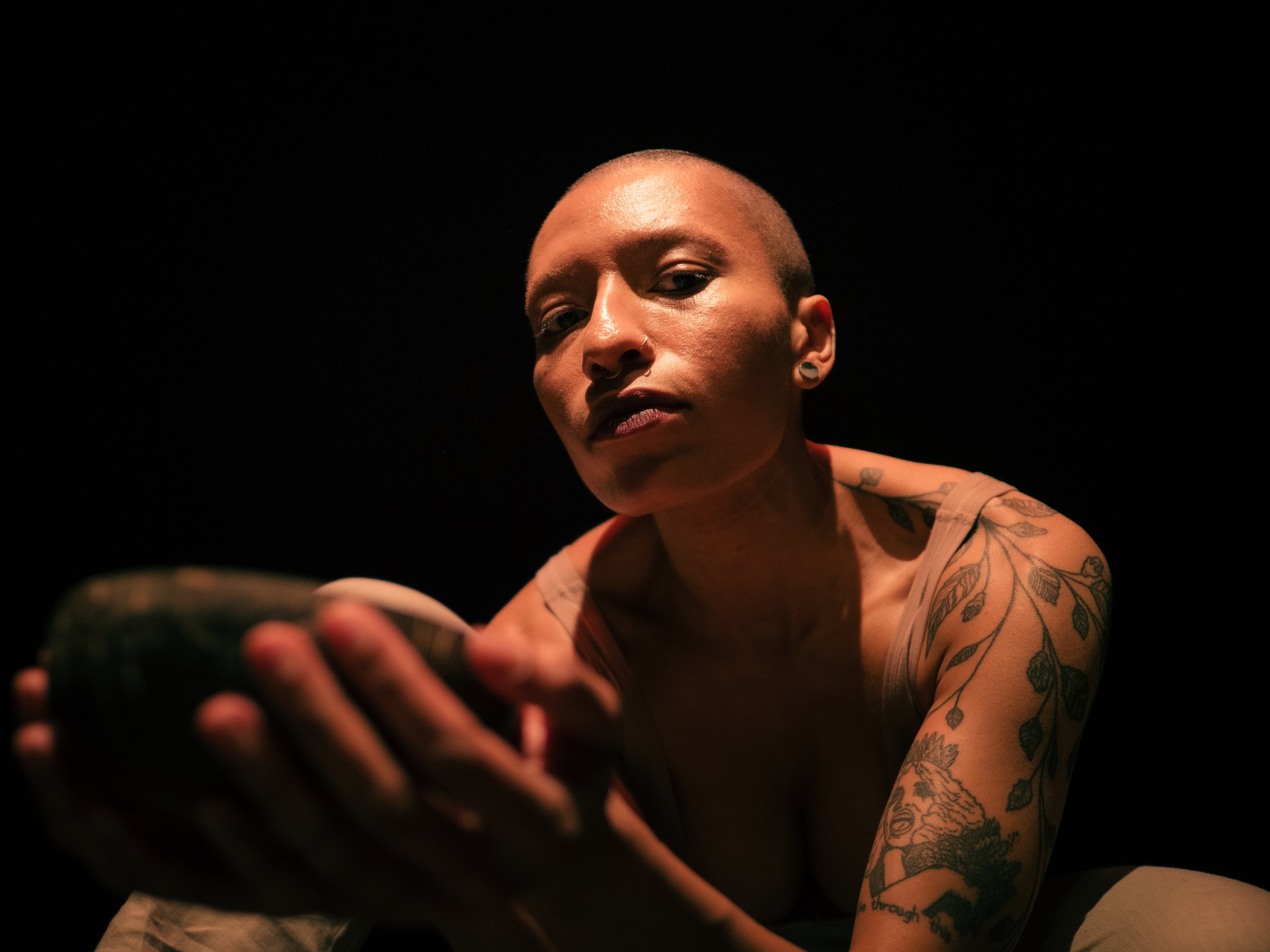
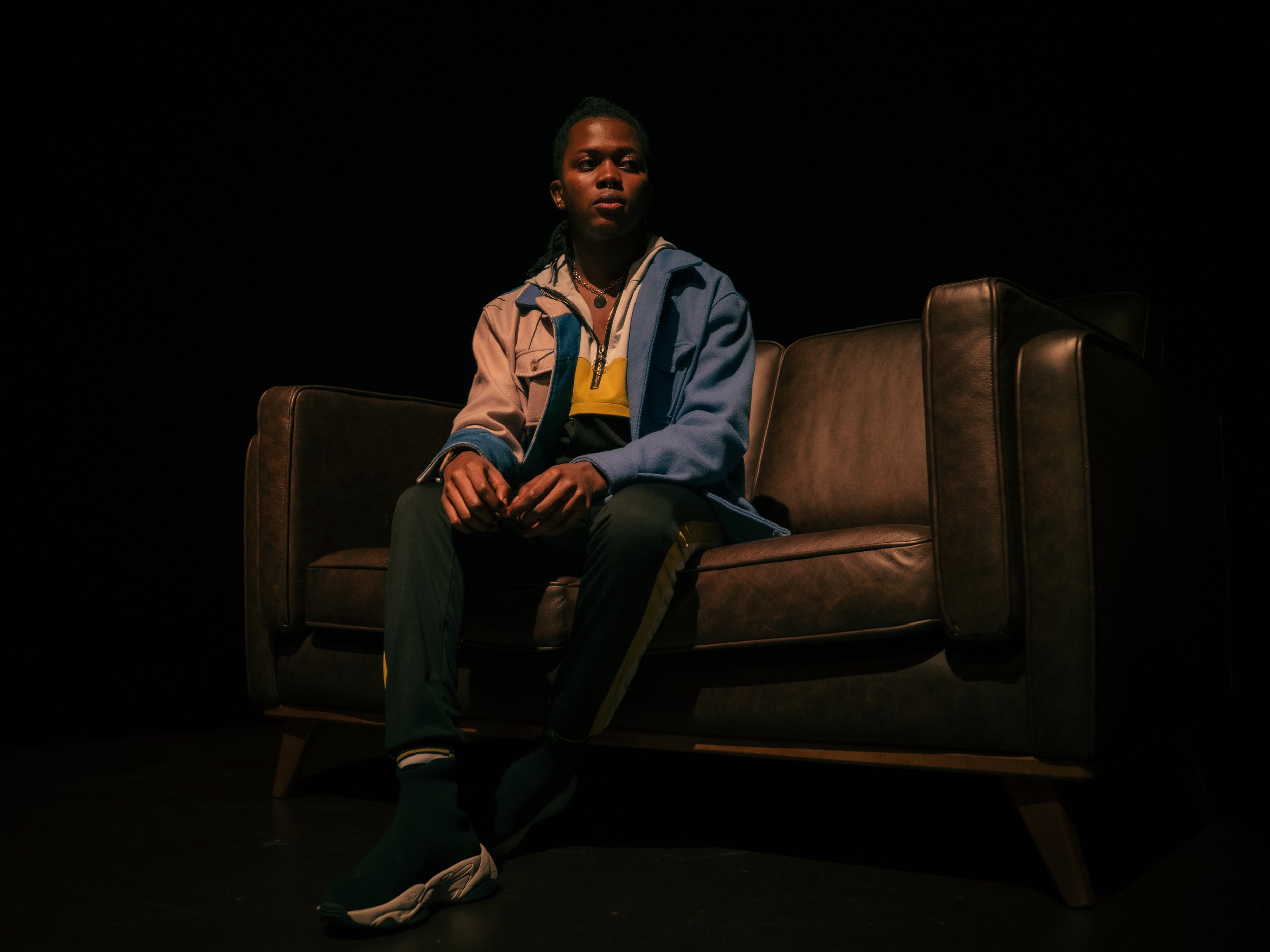
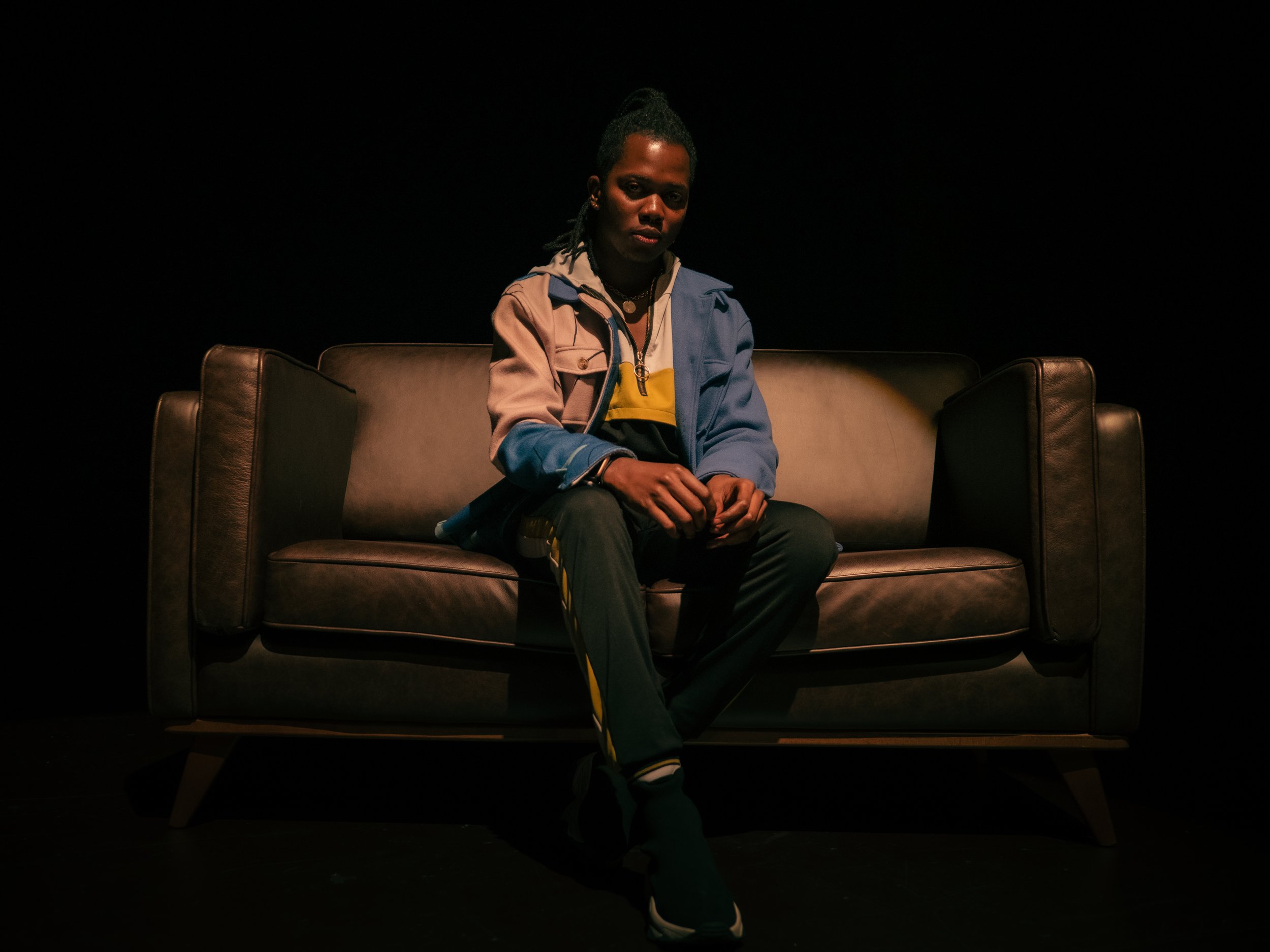
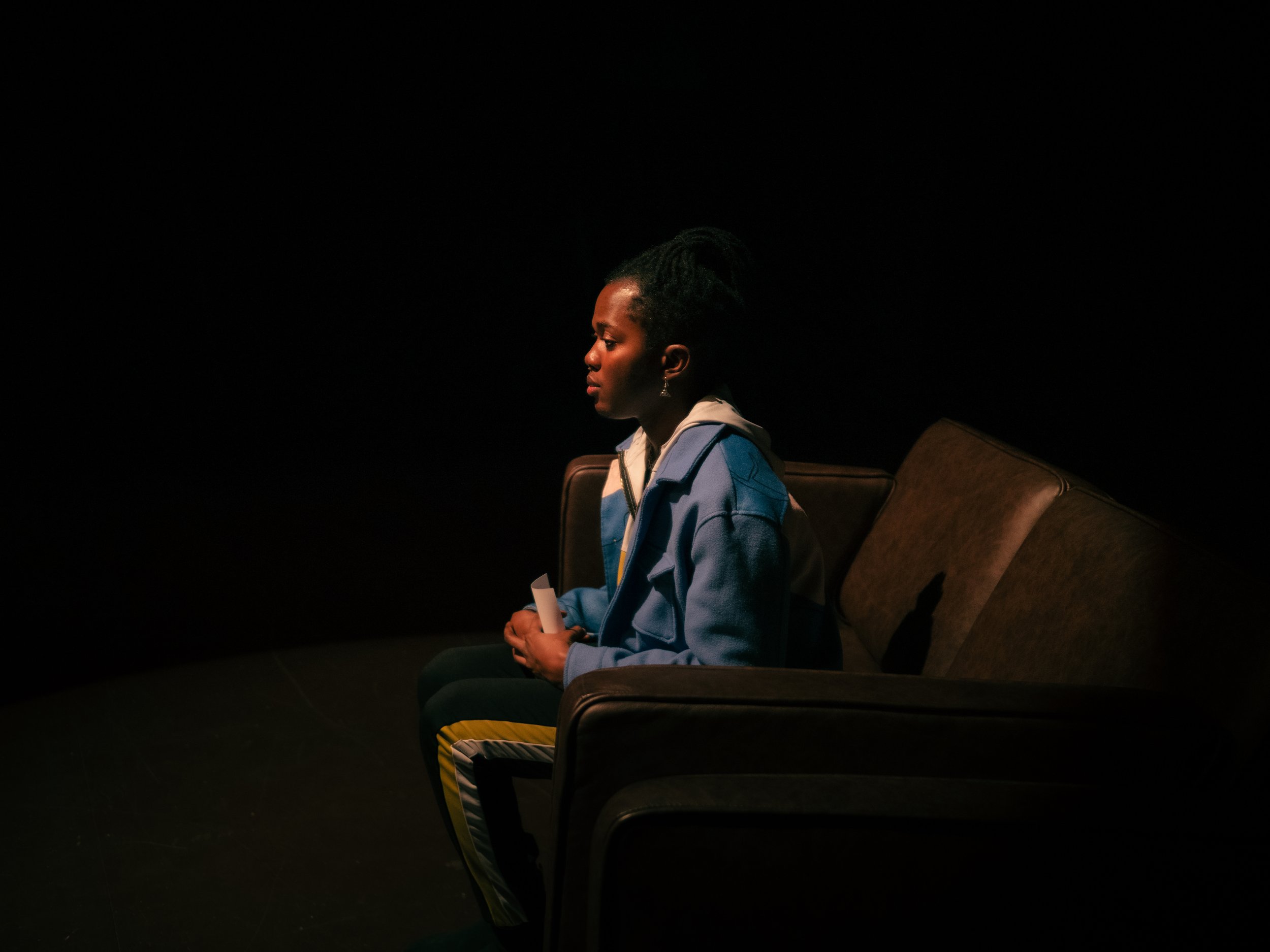
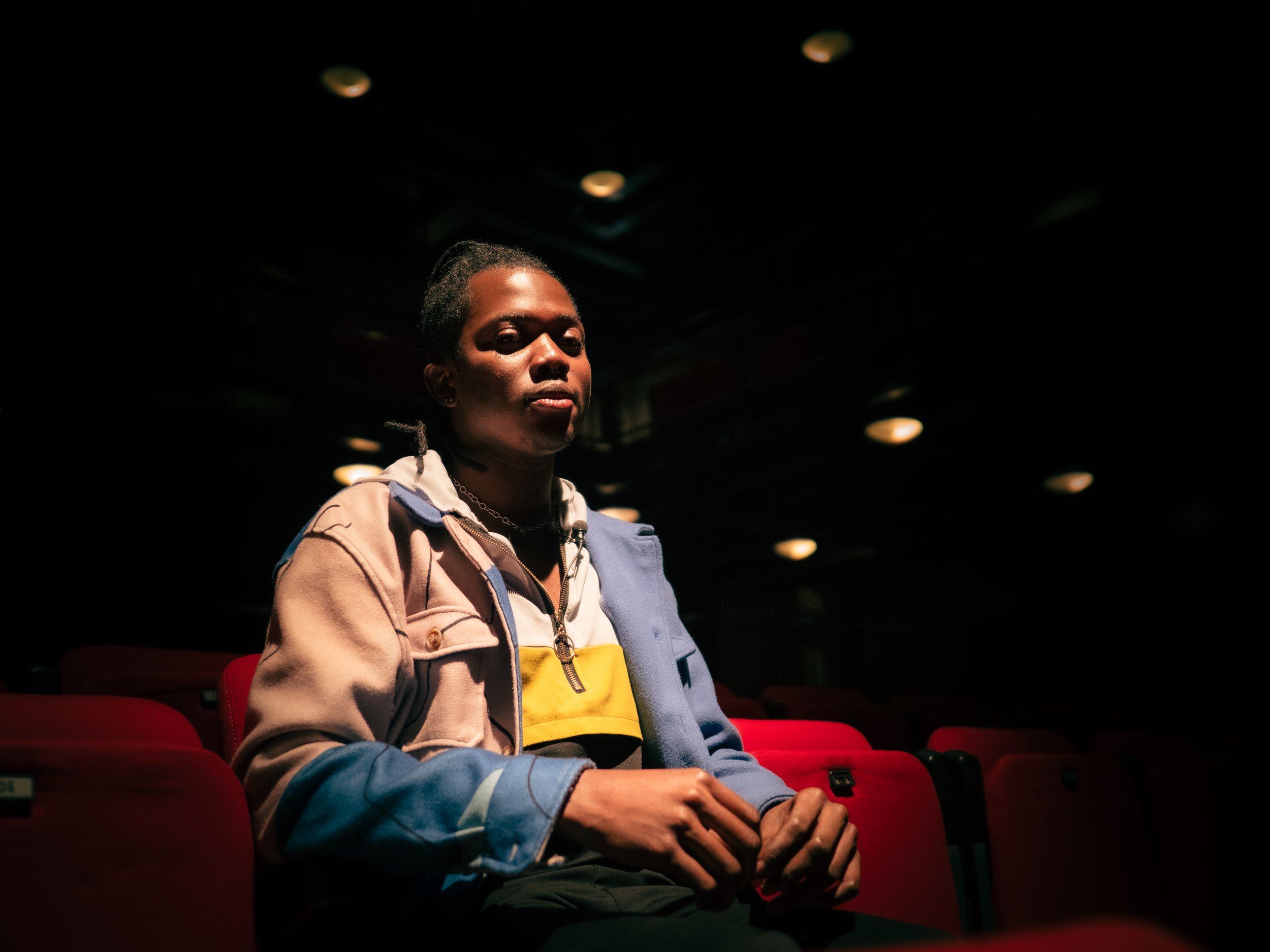
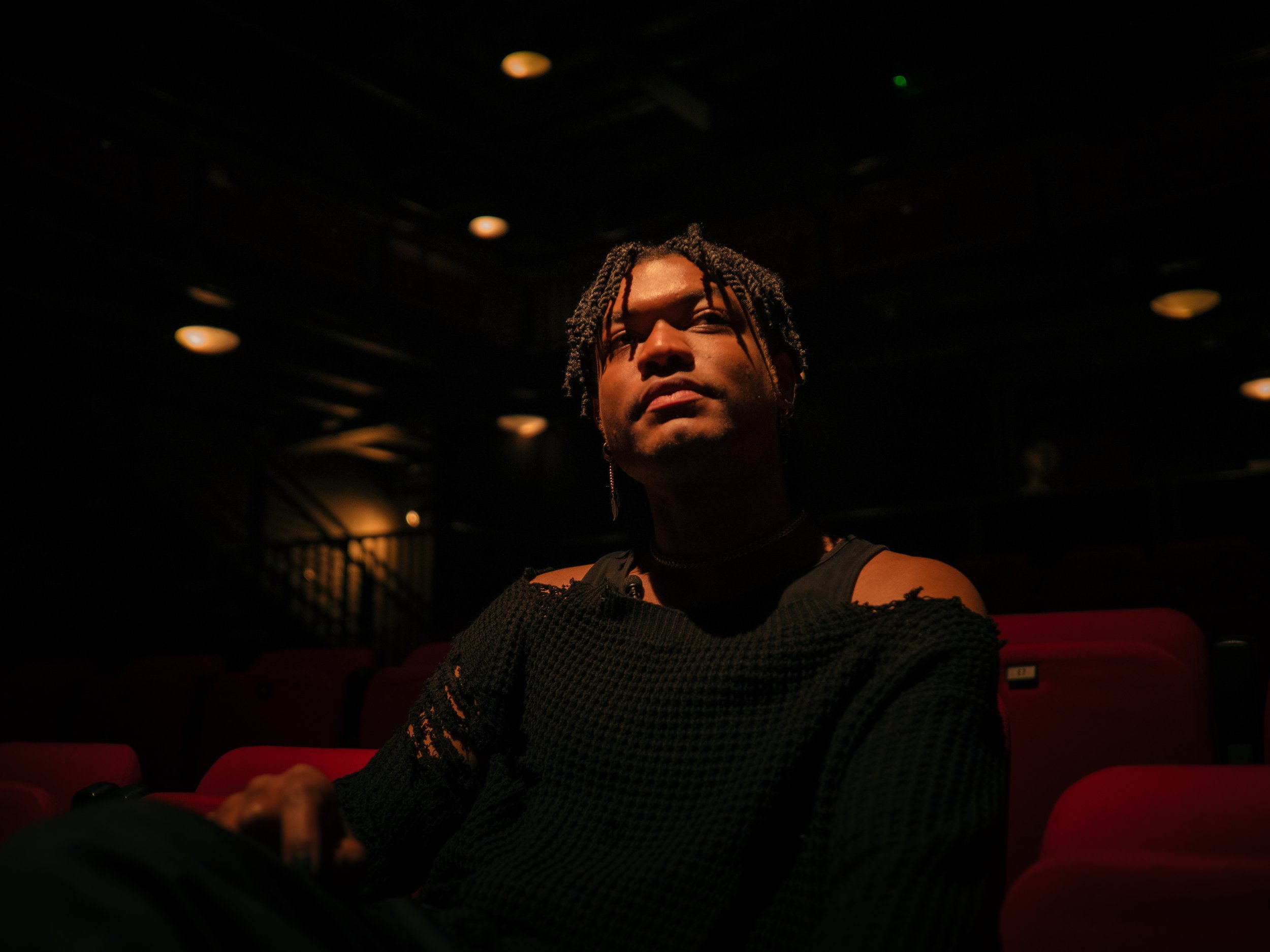

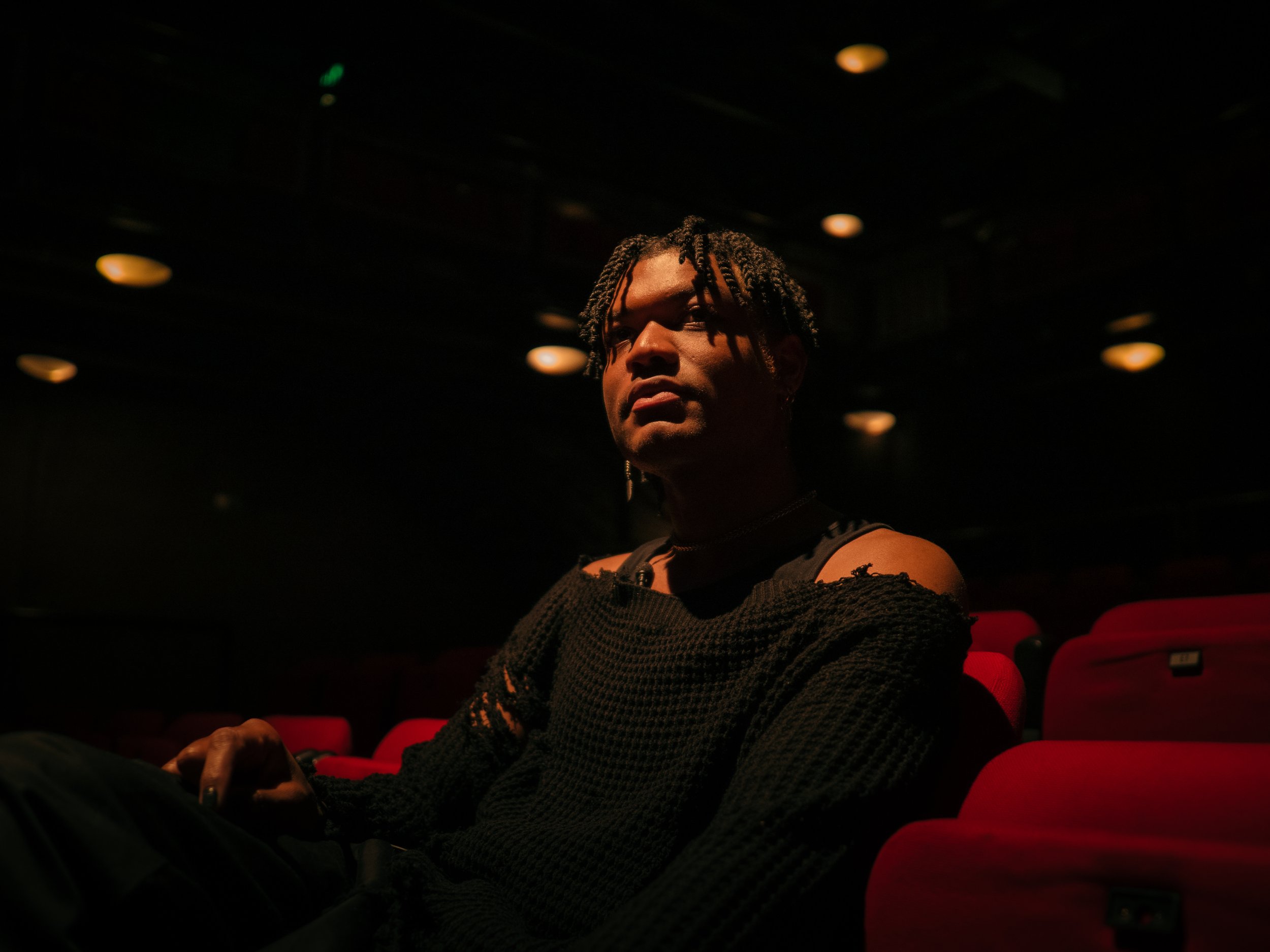

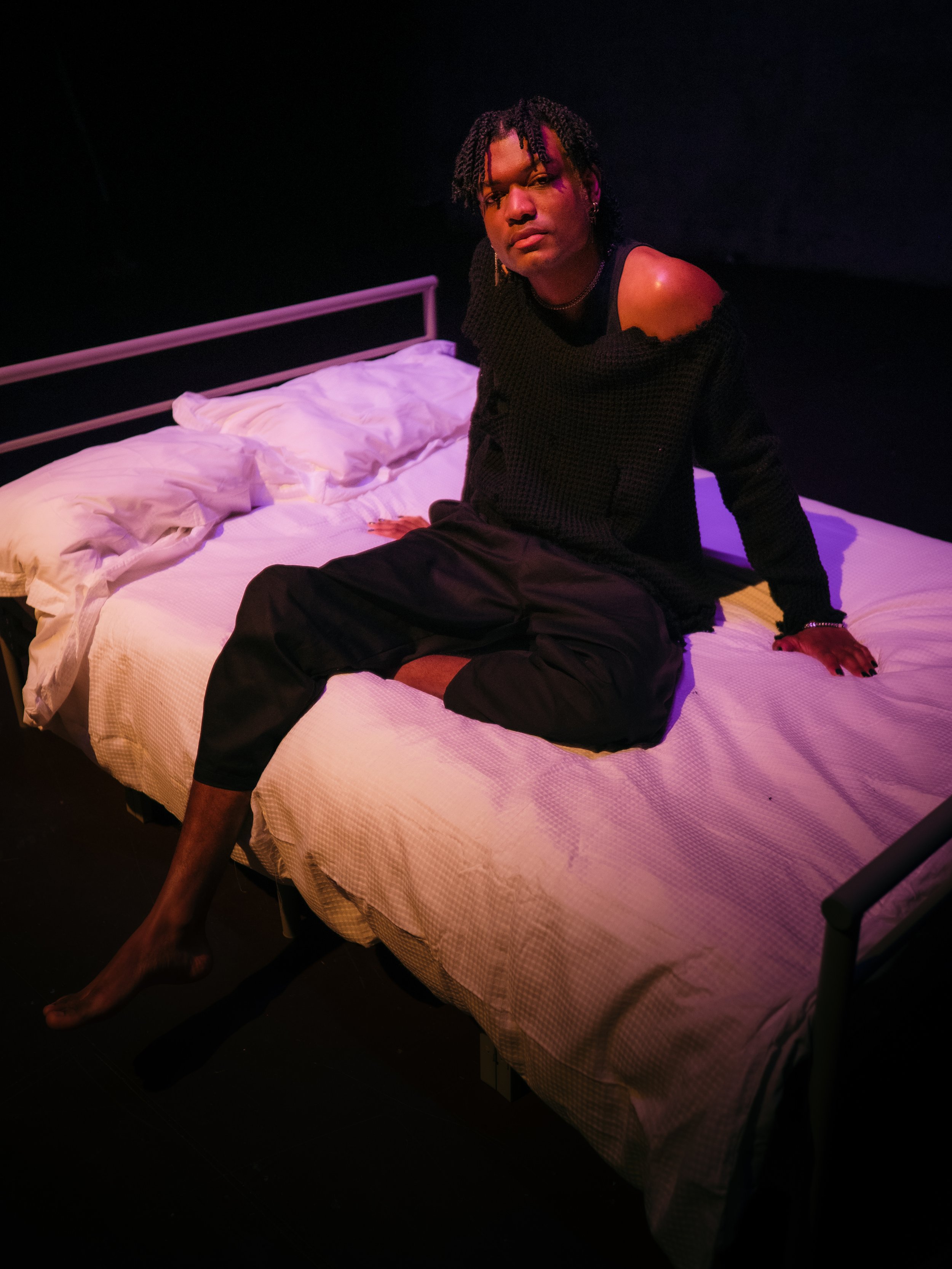
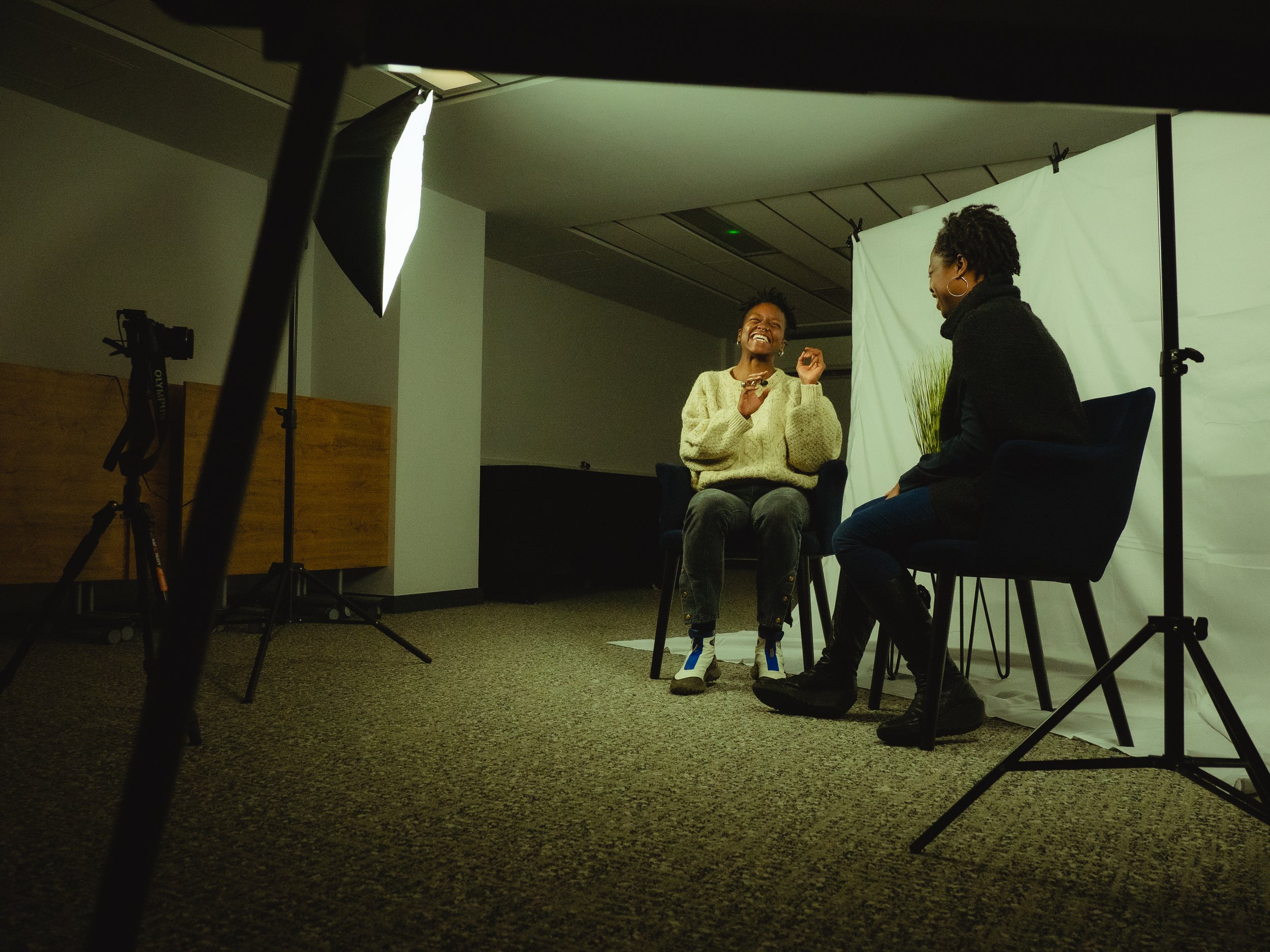
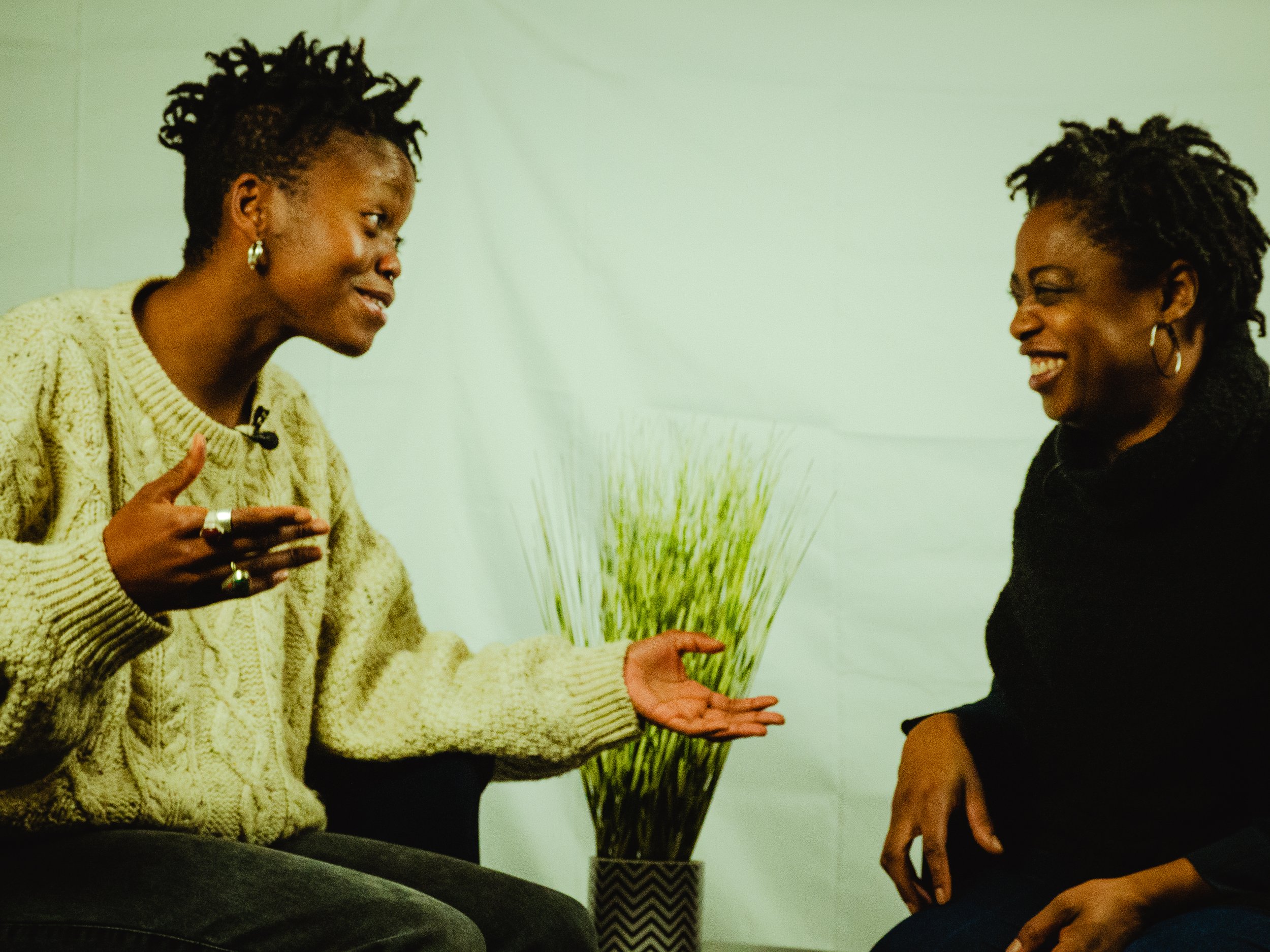
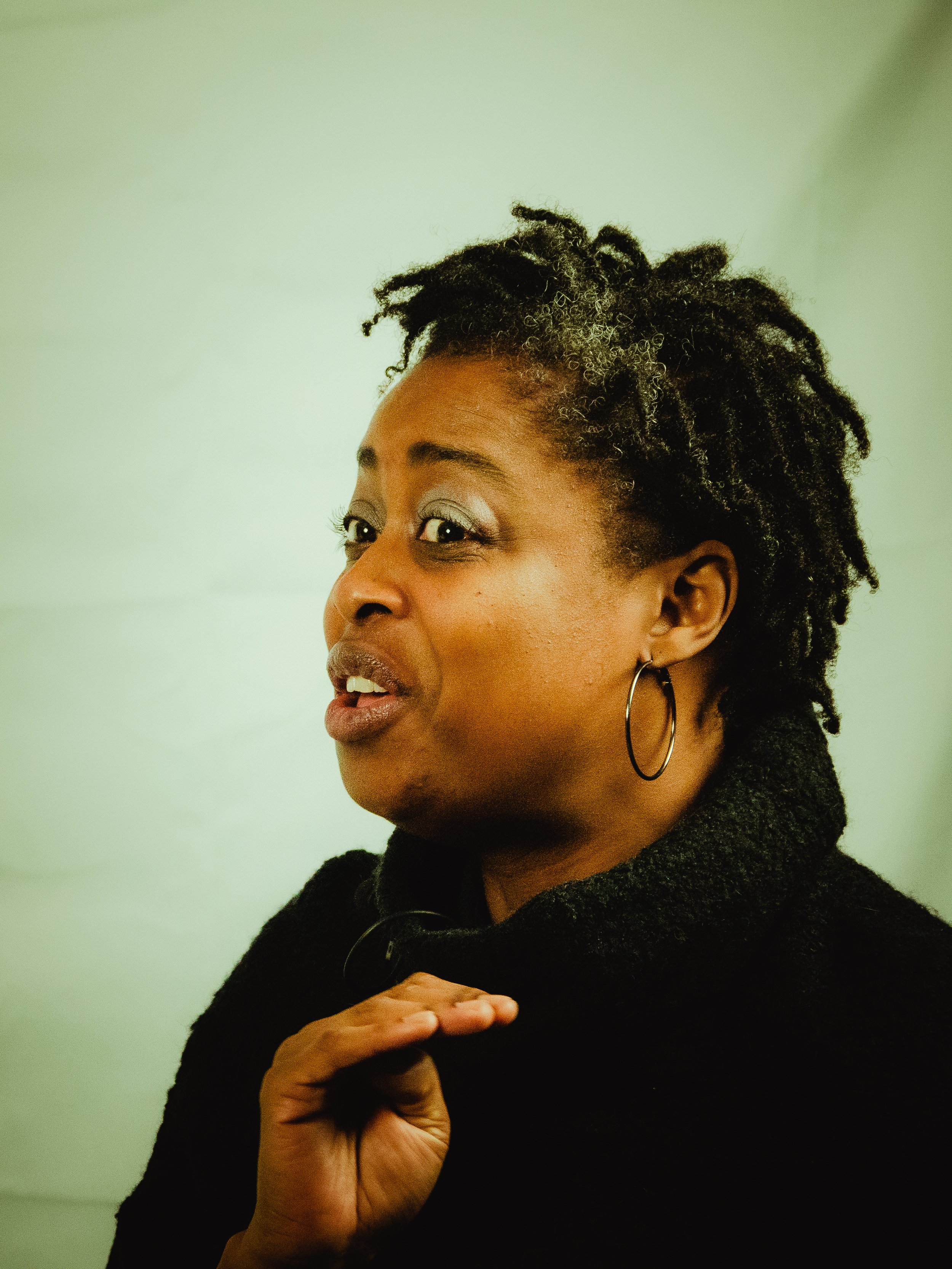
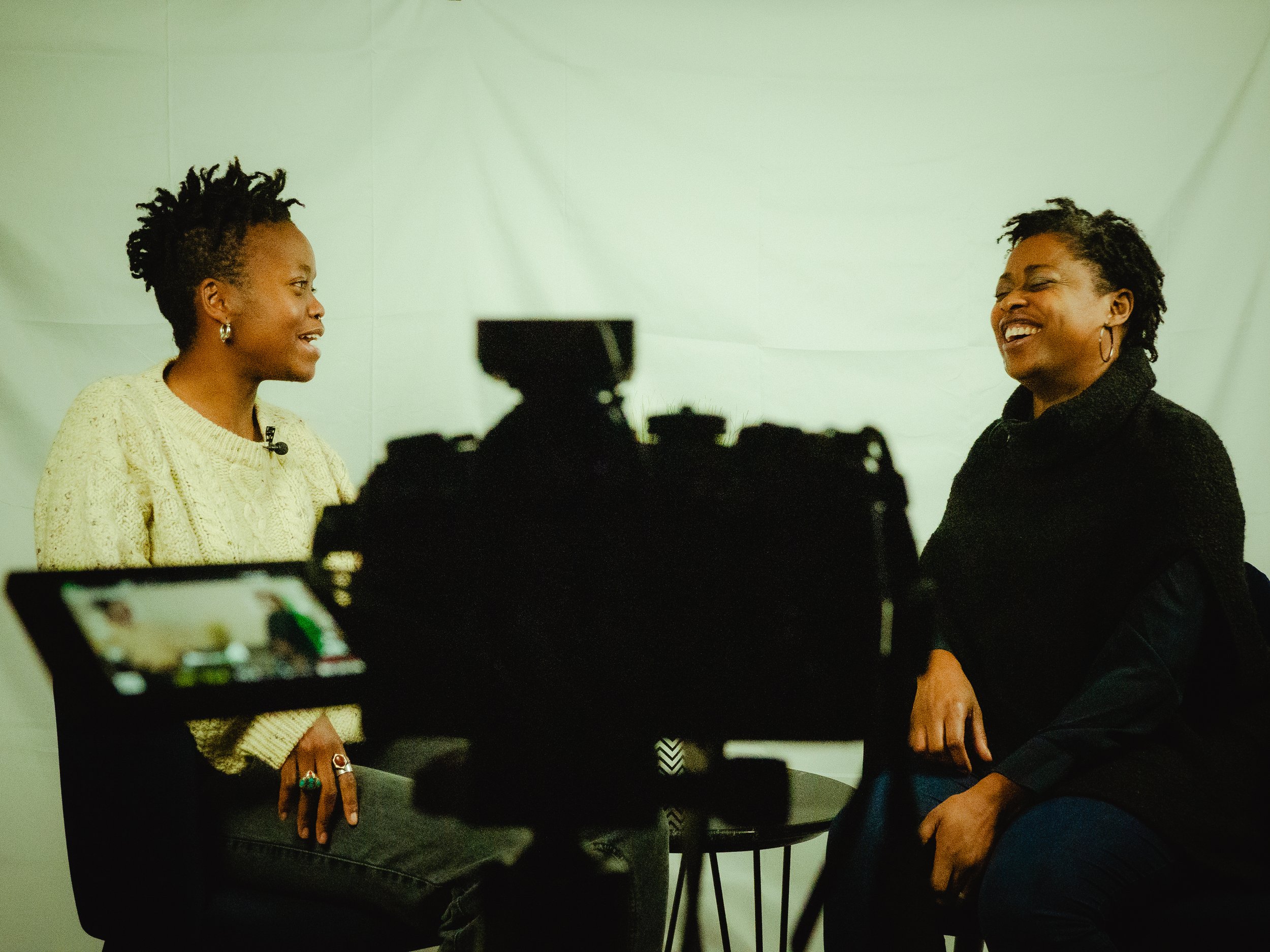
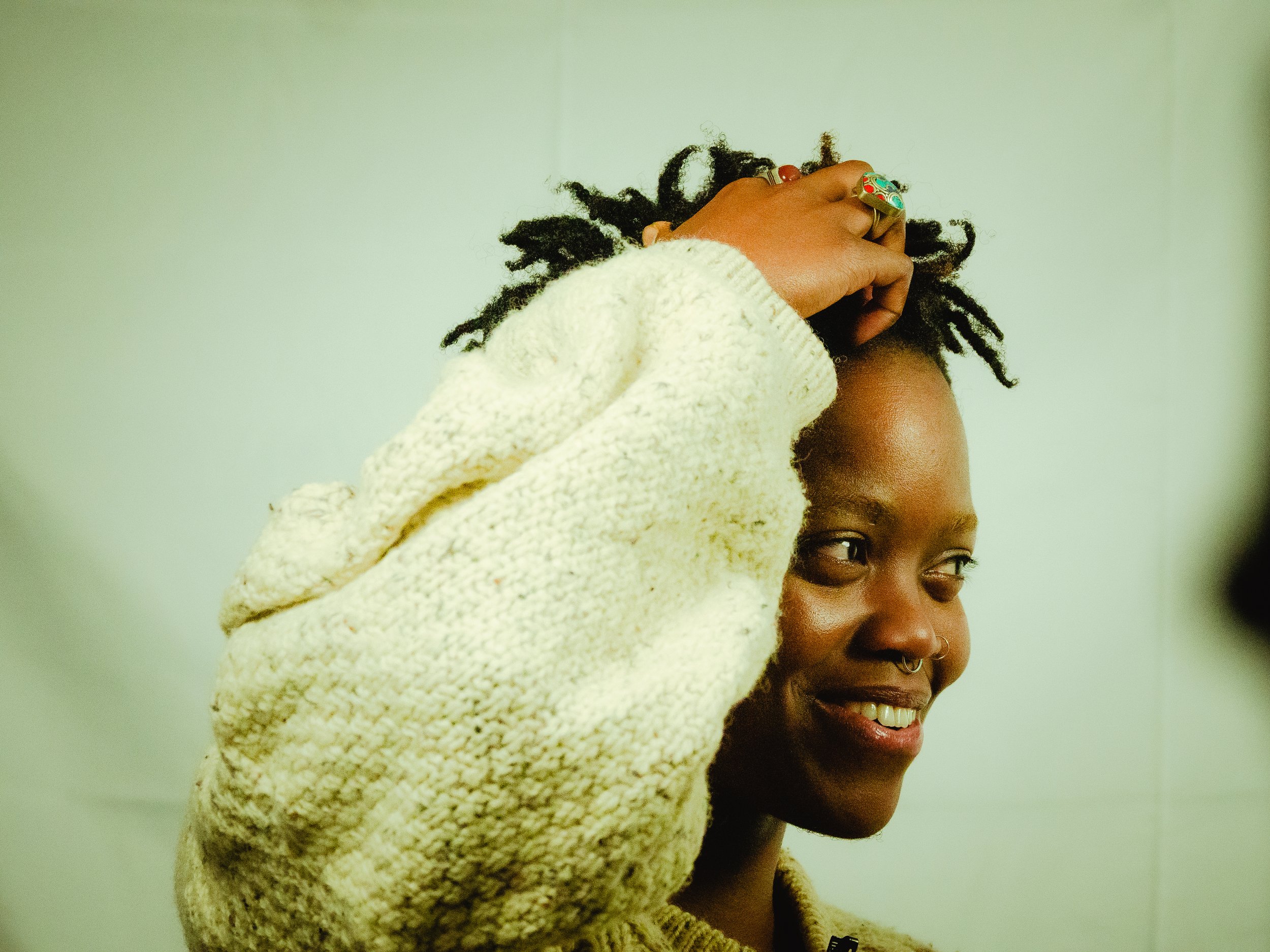
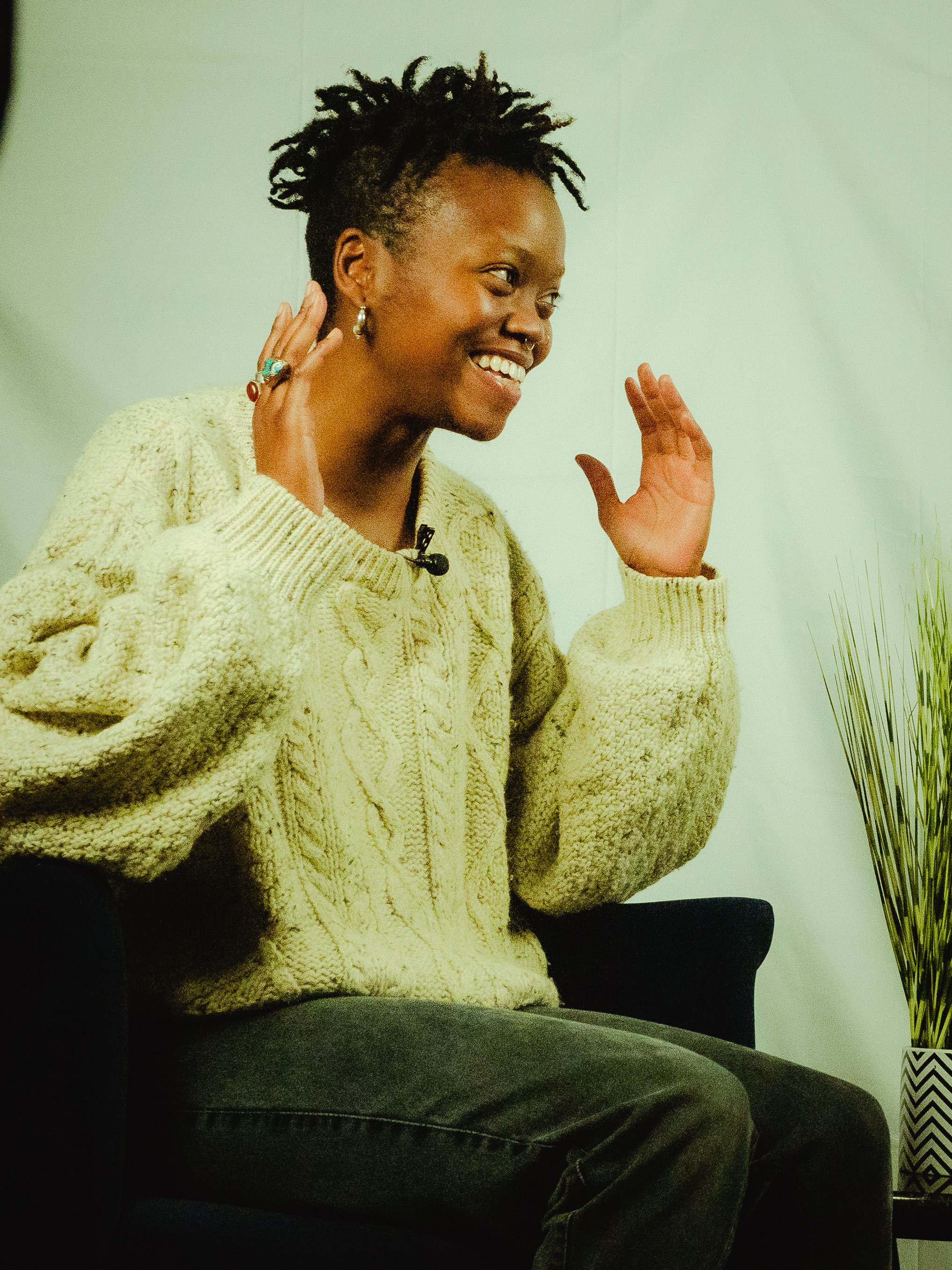
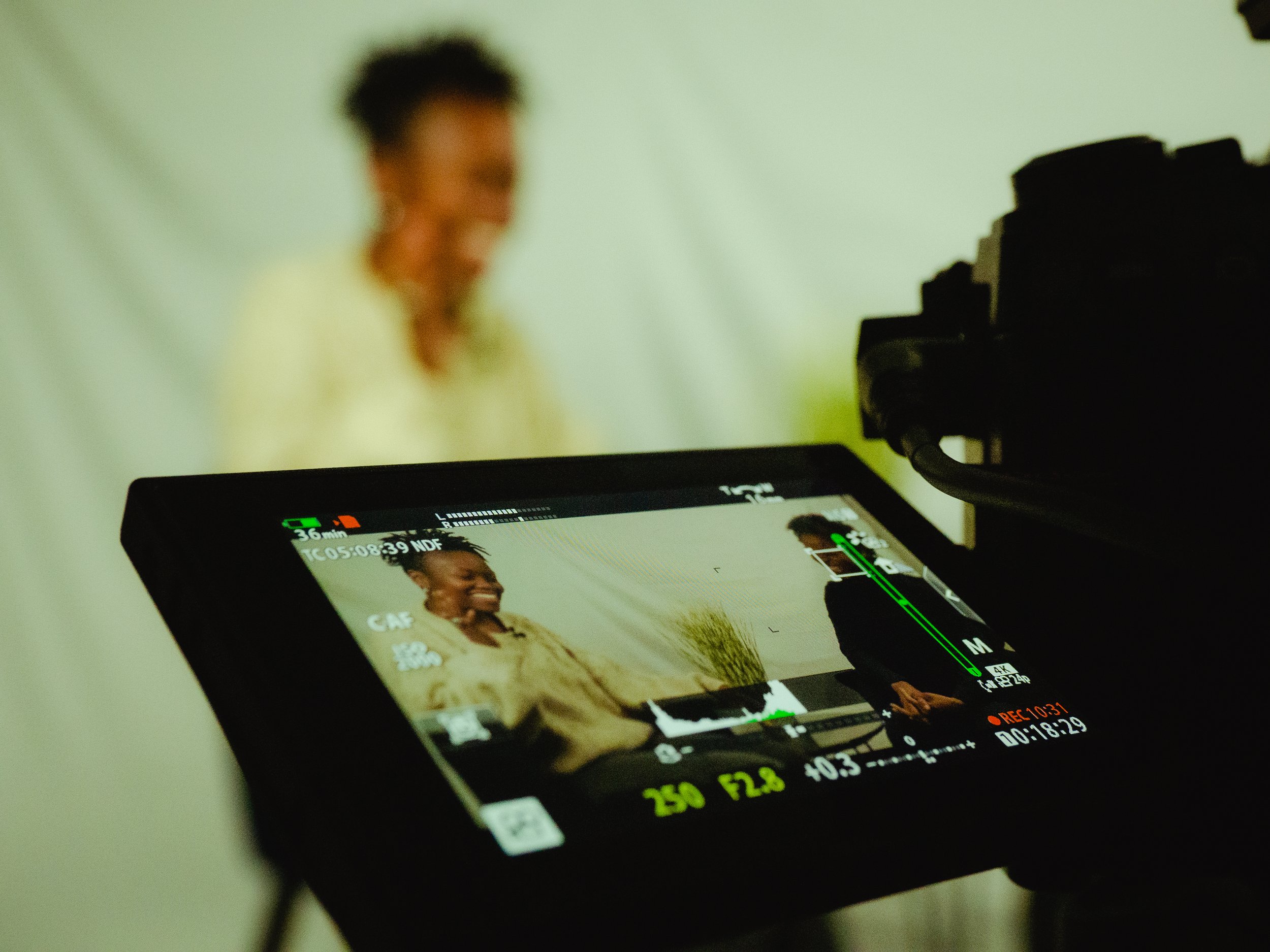
The Challenge
The basic brief for Black, Queer & Done. was to create a feature length documentary film featuring artist performances, interviews and discussions with a minimal crew and budget.
Having previously worked with the Varyah production team, I was brought on to do multiple roles that I had the skillset for including photography, videography and video editing. The closest title for this would be Director of Photography.
This was very much a passion project with many hurdles to work around including mini lockdowns, clashing schedules and limited resources.
Taking the ideas from Varyah and creating plans for how it would work from set up, to shooting, to editing was a challenge that was not dissimilar from normal video projects, however this was just a slightly larger scale which meant I had to ensure we had redundancies in place with equipment, video and sound capture, backing up footage and the editing process.
I knew if we were not organised with regards to these things, (even if we were a small crew) we would run into trouble later down the line with the project. With that in mind I utilised a tool which I used in other projects to keep a hub of shared information, schedules, moodboards and more. This tool is called Milanote, however similar could be done on a variety of tools, I just find it easier to visually pull together information and work together collaboratively which helped a lot in this project where we were working remotely for a lot of it.
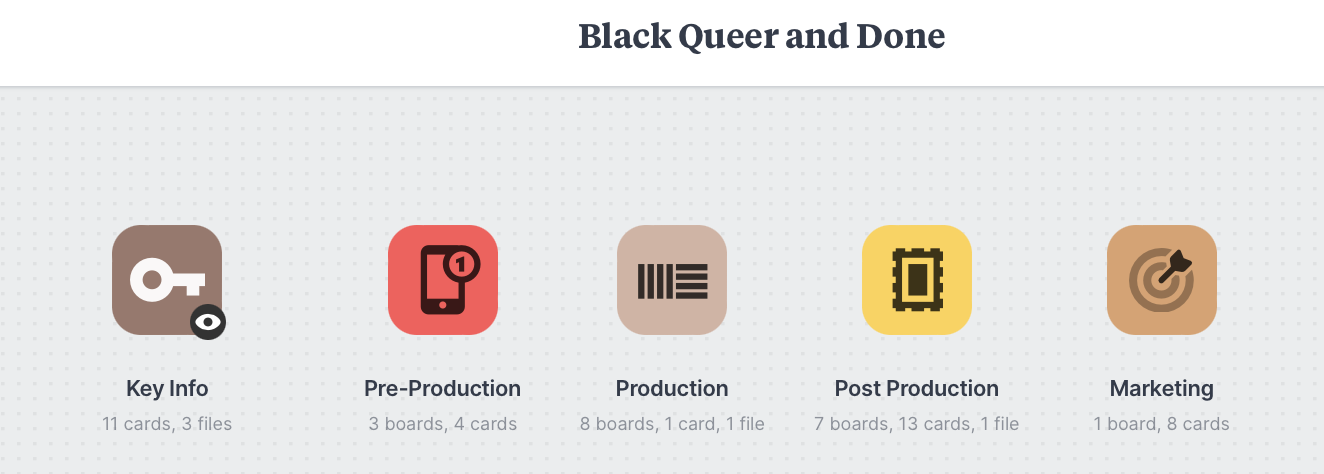
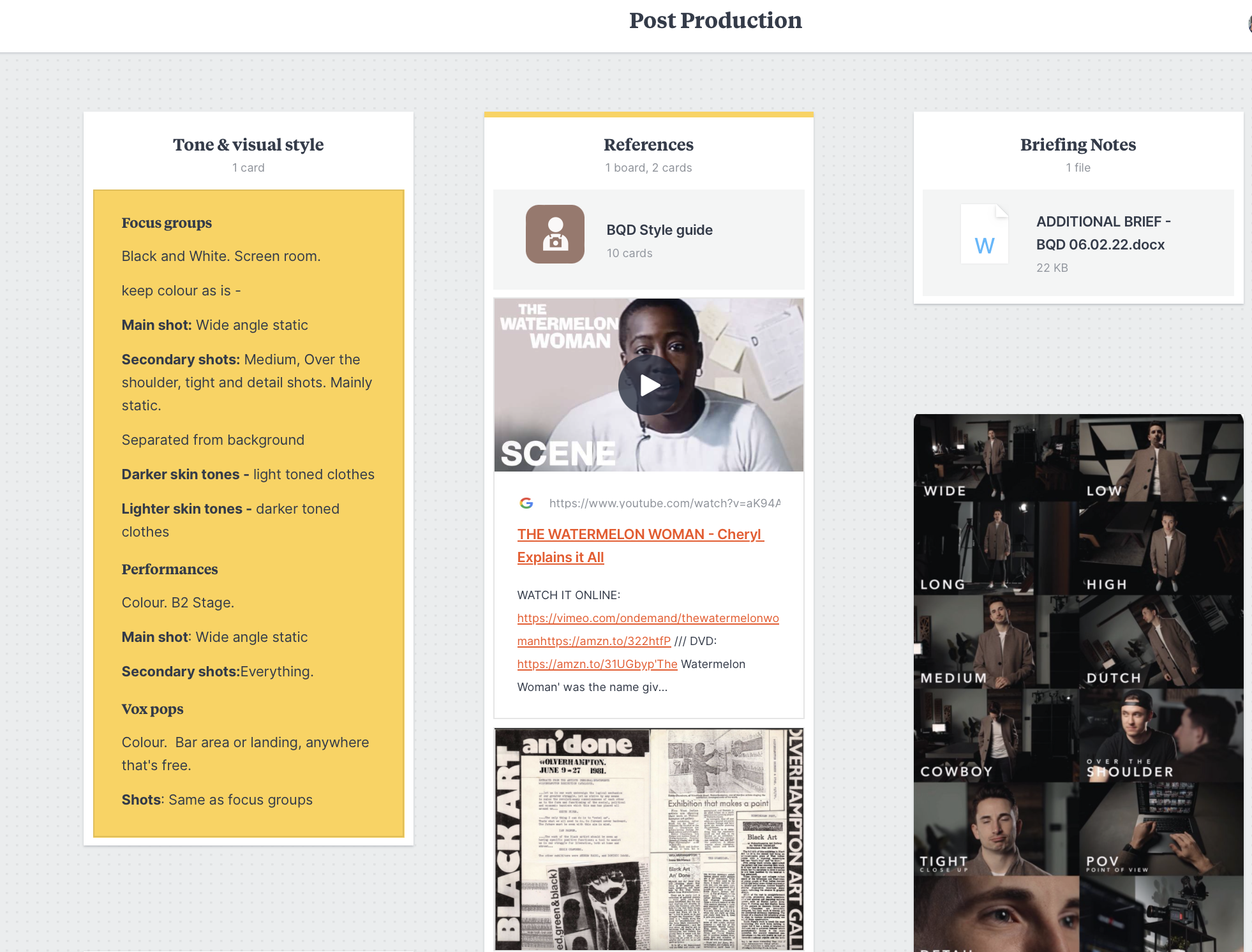

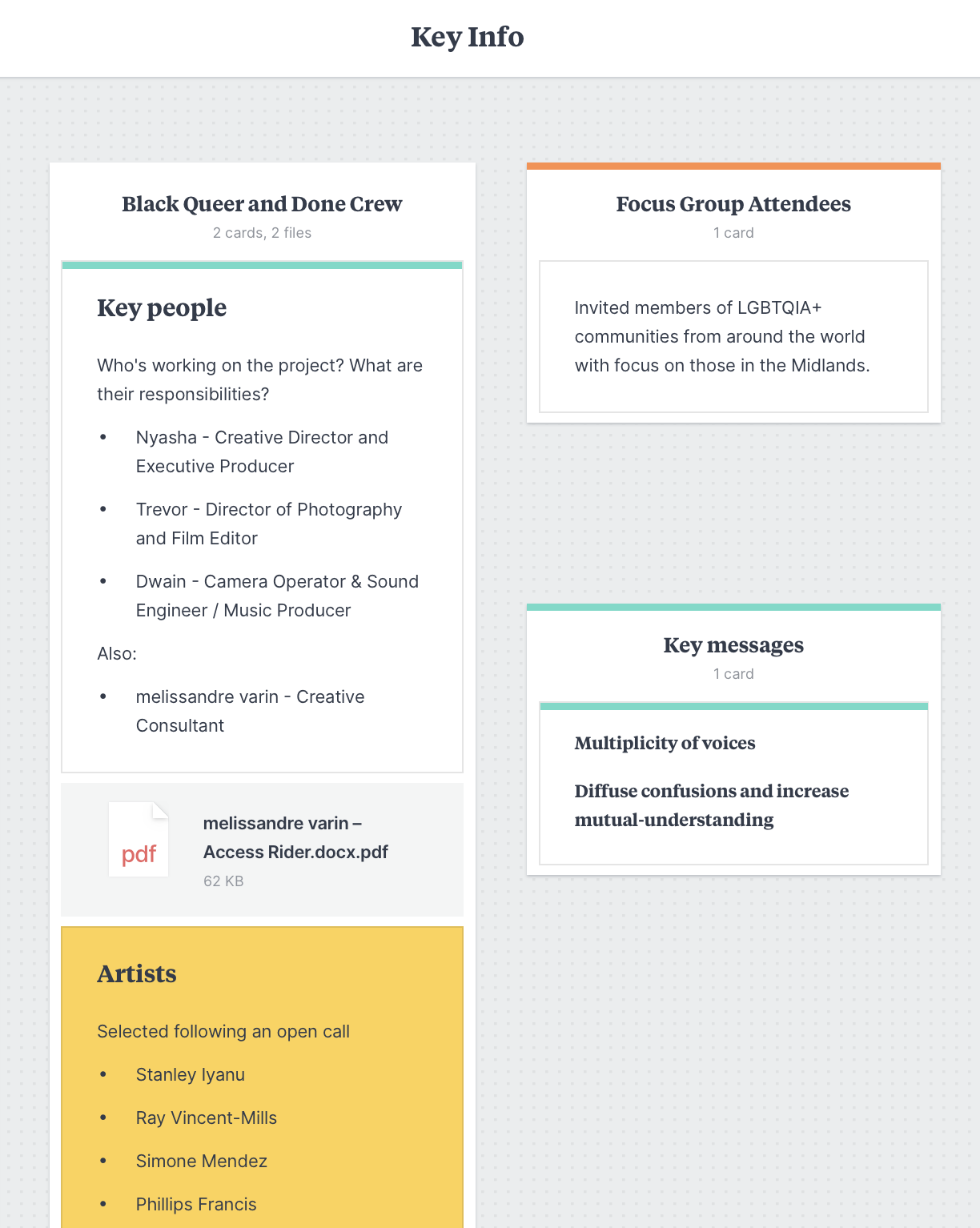
Using this as a base we were able to create plans for the focus groups and artists, make notes around film cuts, create moodboards and stay accountable for our parts as things can easily get lost in emails.
The production itself was very short, even though it was a long day, we did not have very long to work with each artist so having plans in place ahead of the shoot day was key. This alongside Nyasha ensuring that the day went smoothly meant we got the shots we needed for the film.
Post Production
This was the longest part of the process and was a little bit start stop at times as the original schedule for everything changed which meant we had other projects to do at the same time.
However as we had the extra time to review each itteration of the films parts, we were able to fine tune it in a way which would not have been possible if we had stuck to the original schedule we had in place.
It also allowed me time to be able to upgrade my tech which meant that the export was a breeze.
Outputs
Excluding drafts the final outs for the film included:
- 100+ promotional photos
- 5 trailers
- 8 individual artist cuts
- 2 versions of the film
To find out more about Black, Queer & Done. and where you can view the entire film please email hello@varyah.com
You may also be interested in…


